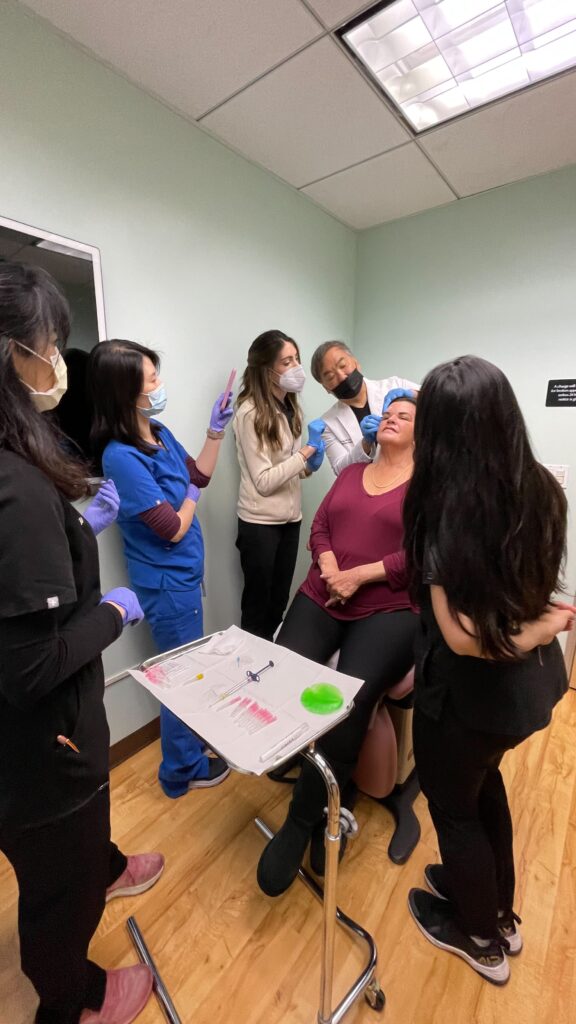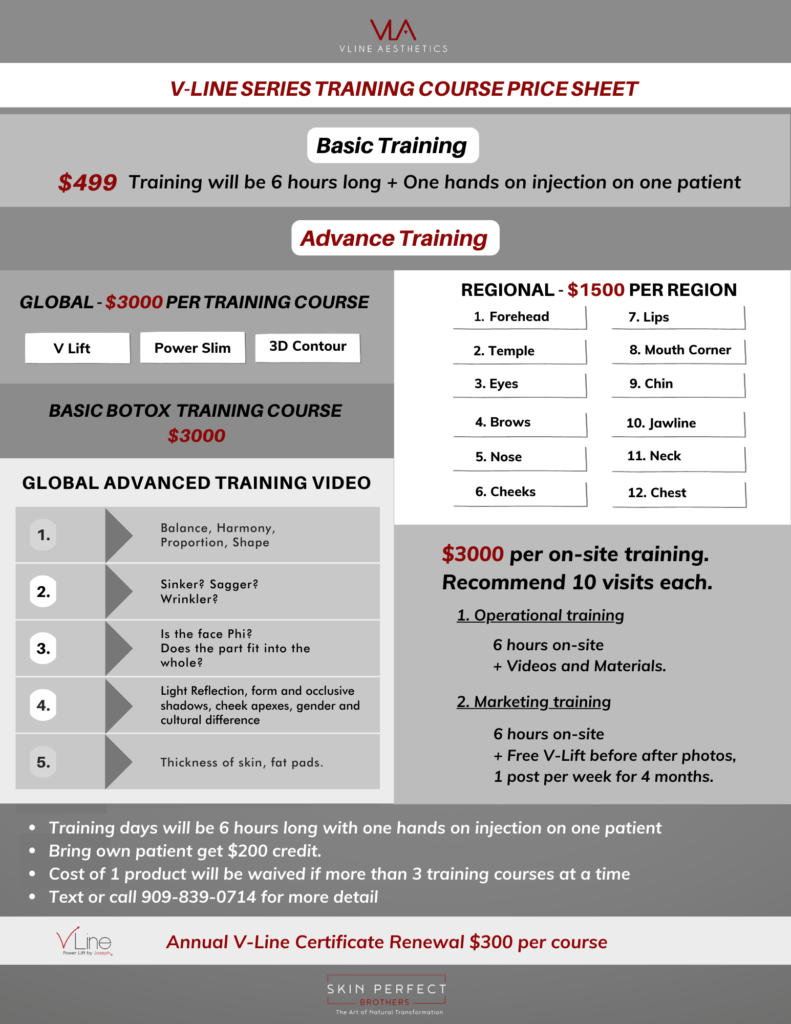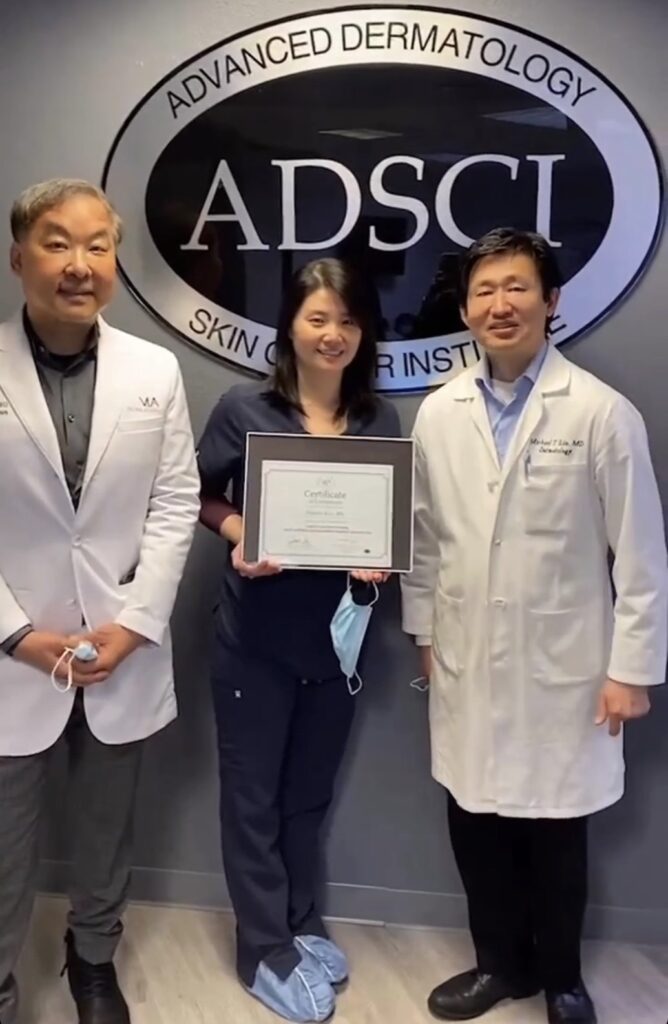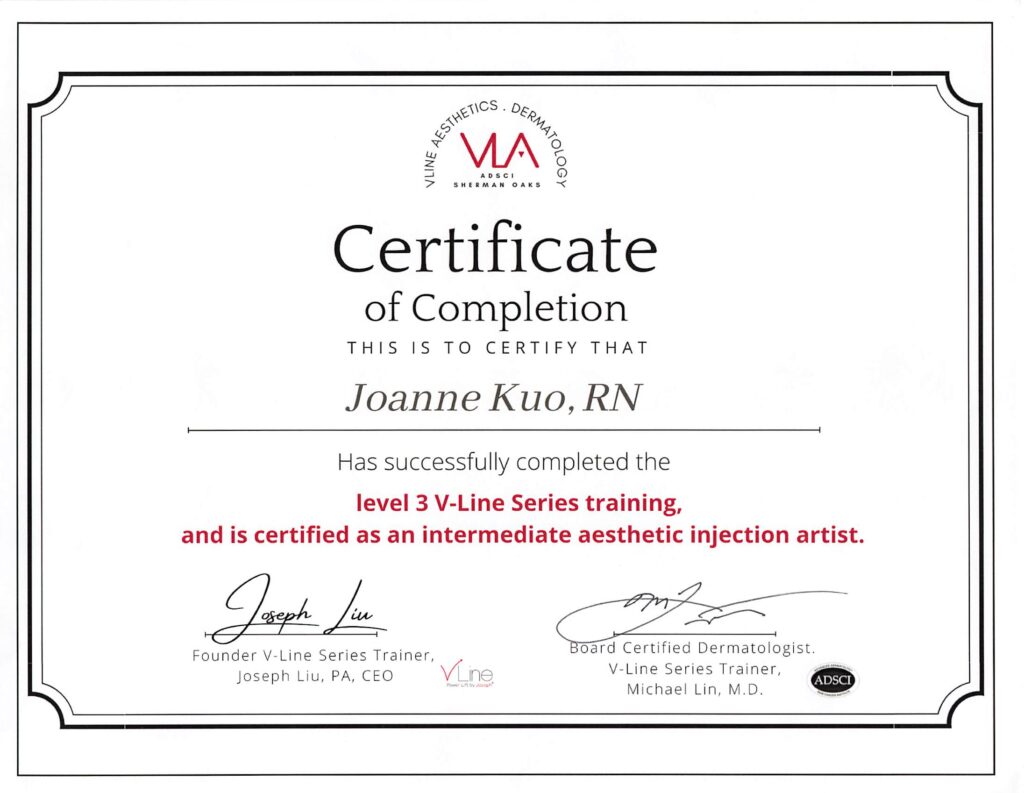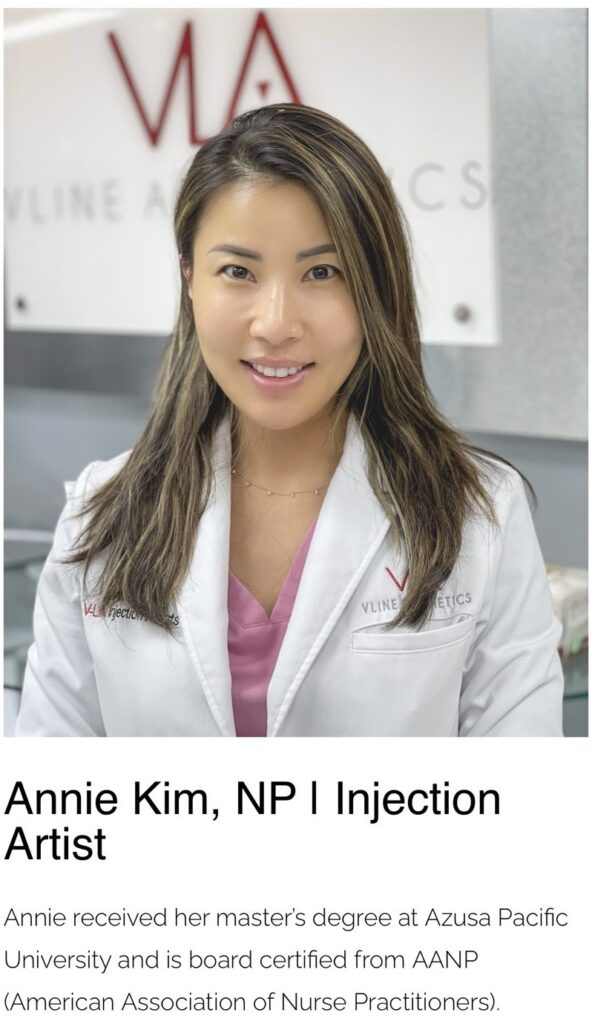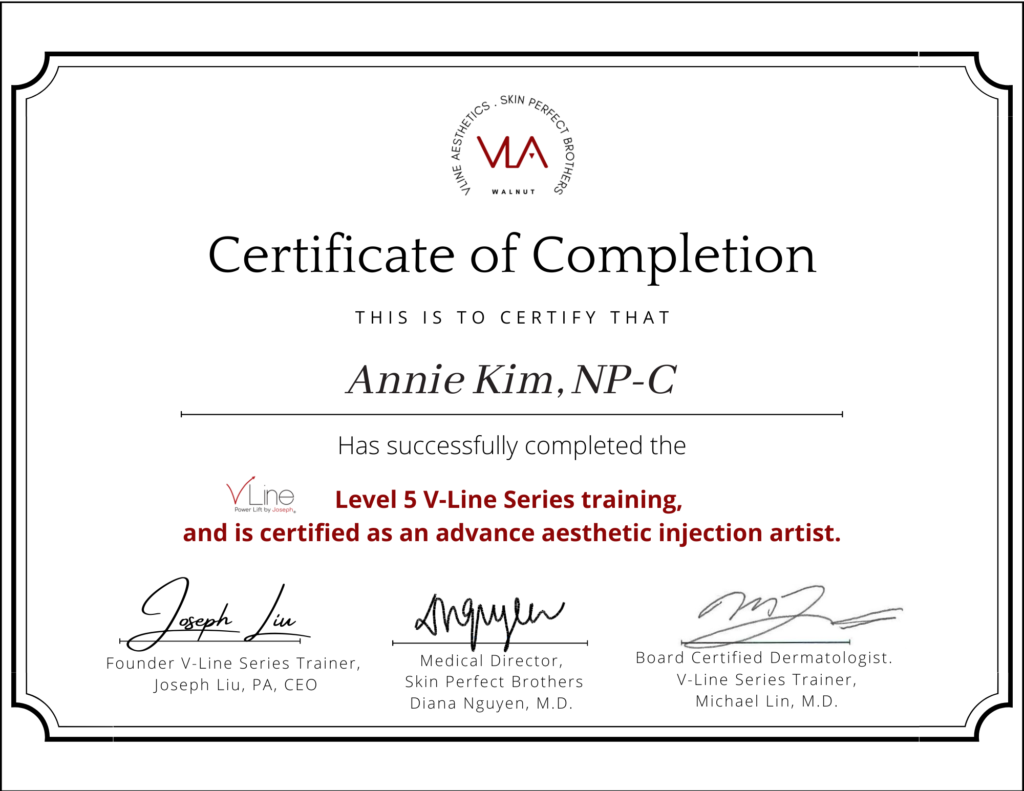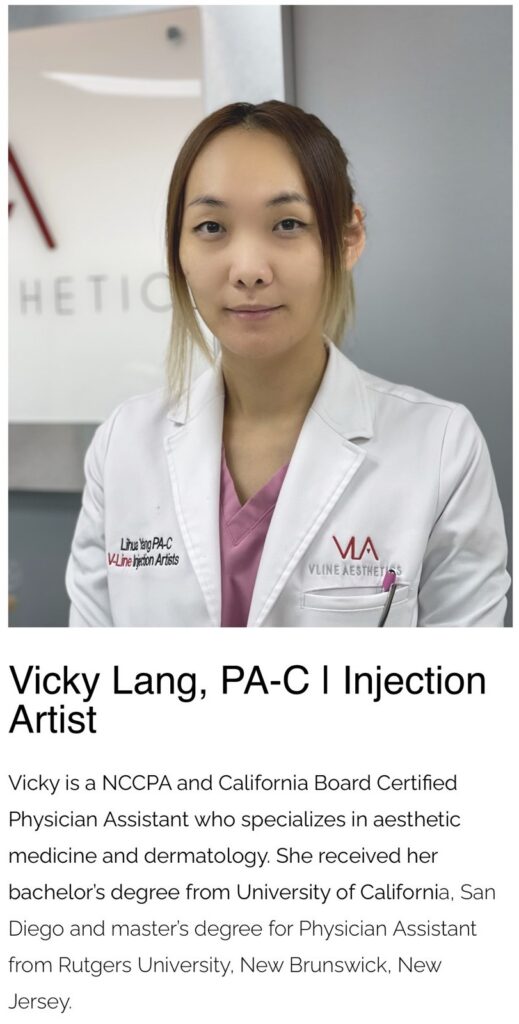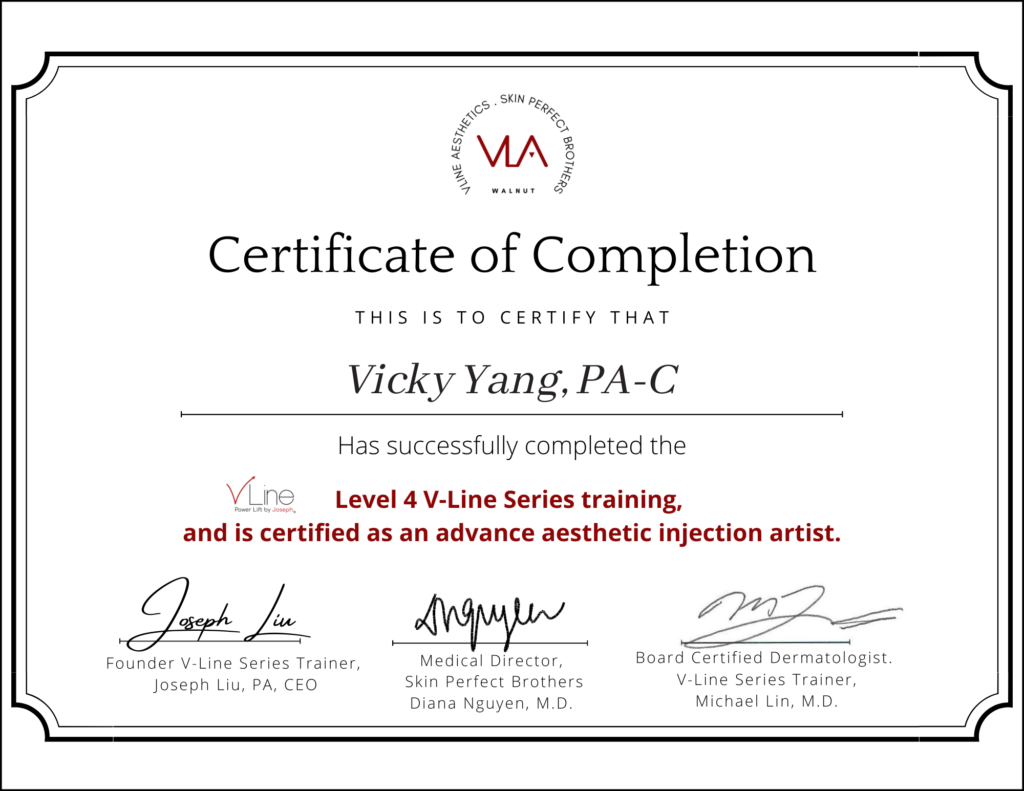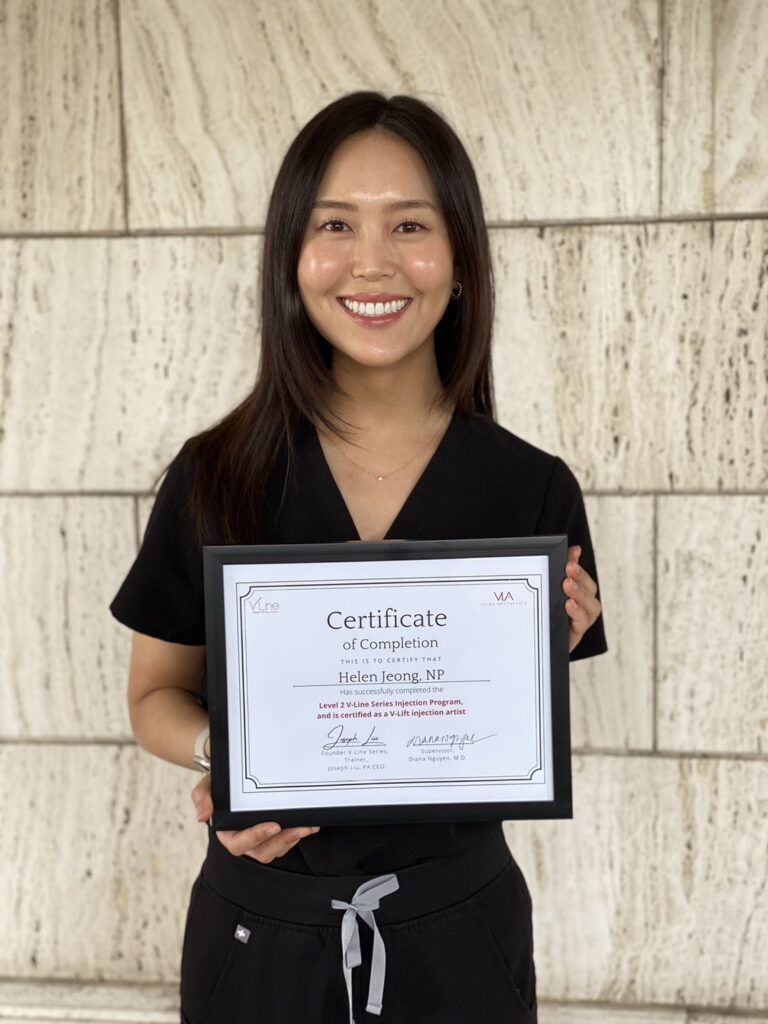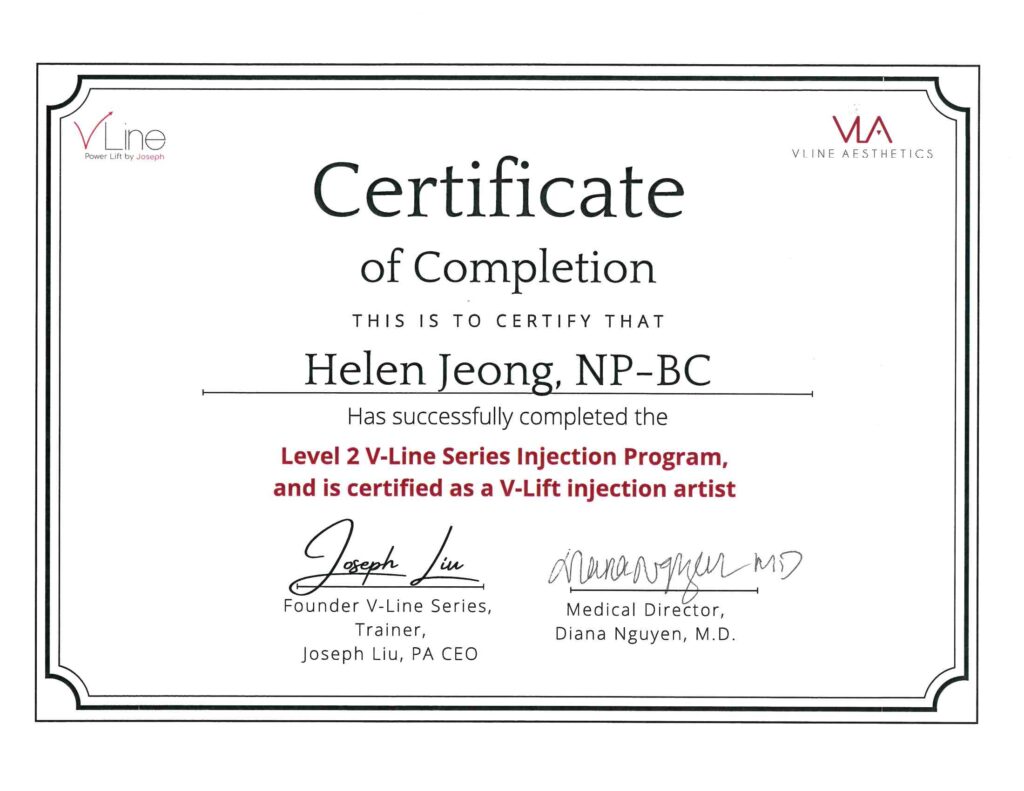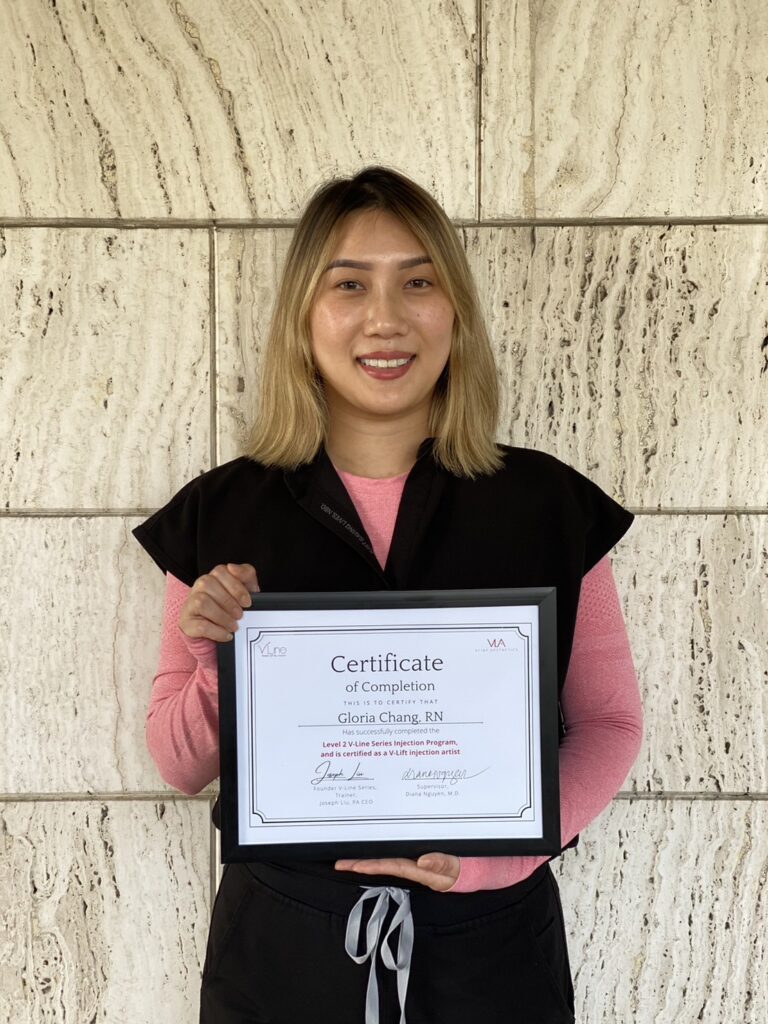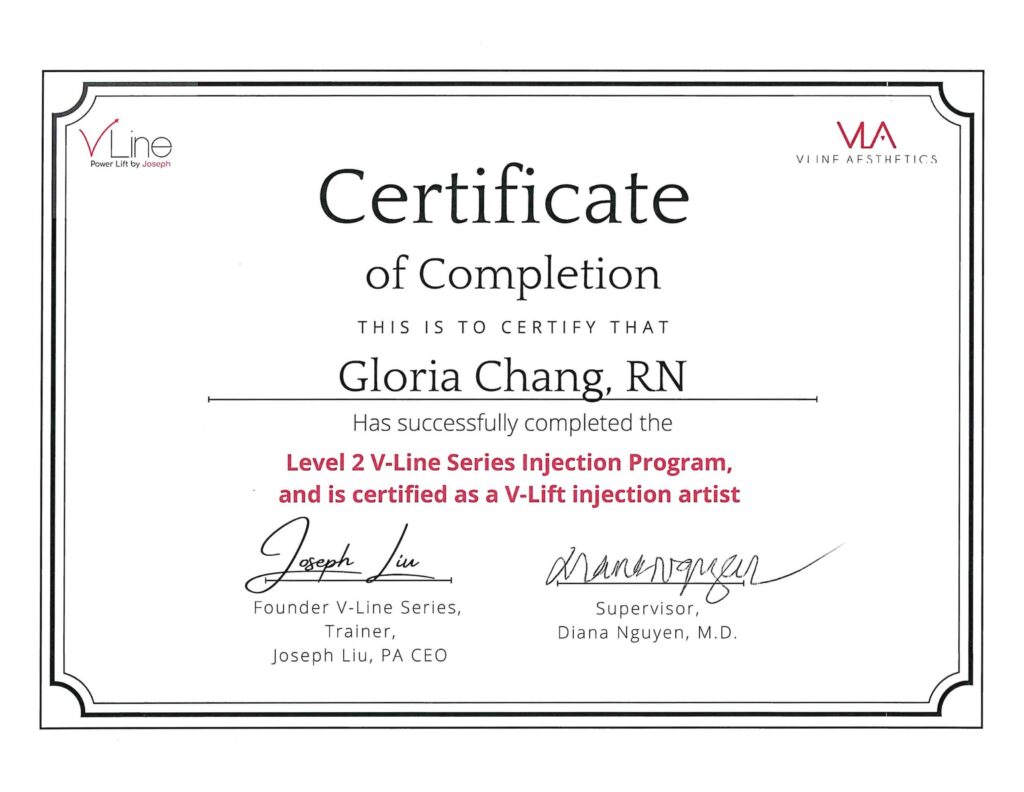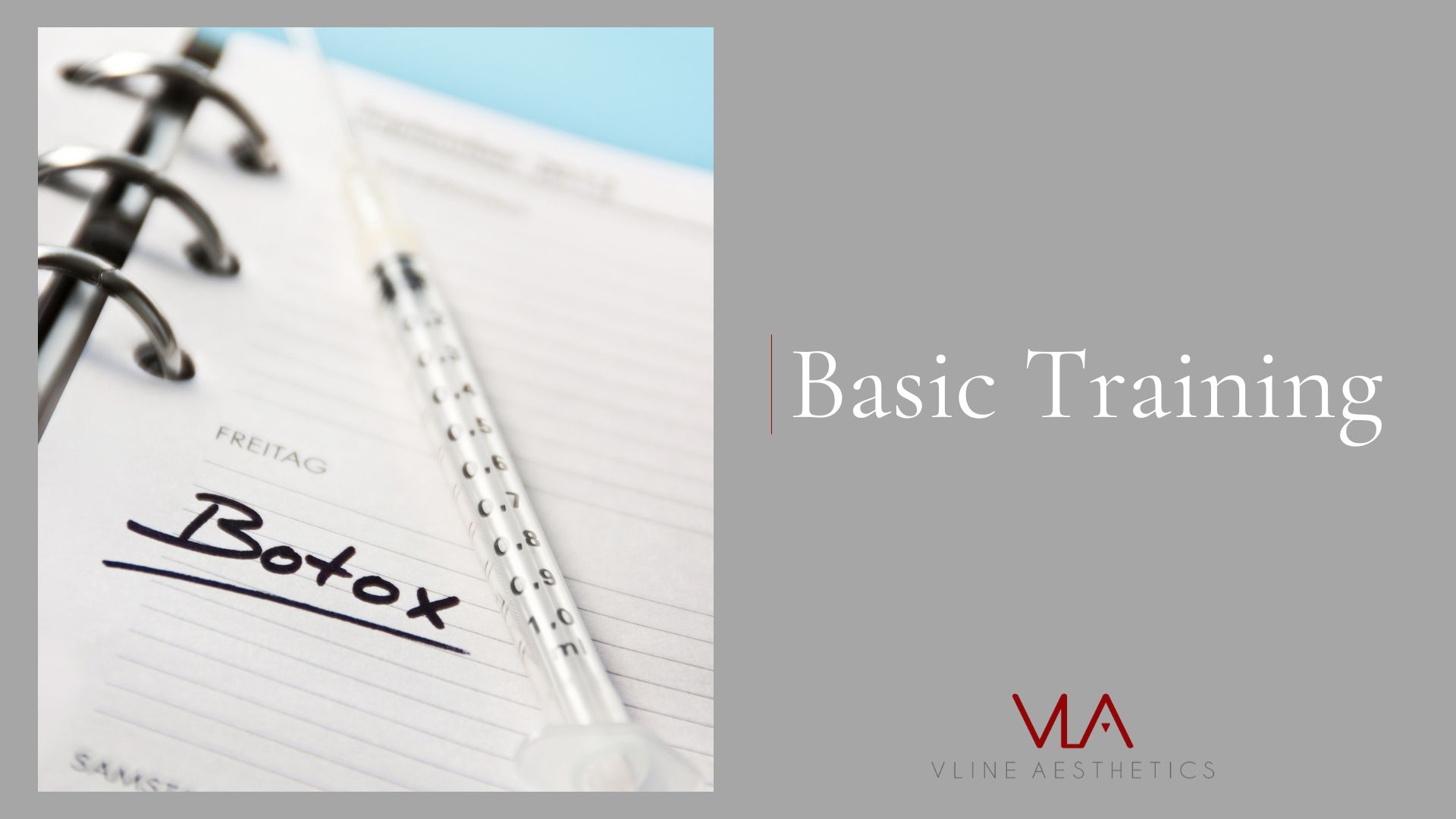
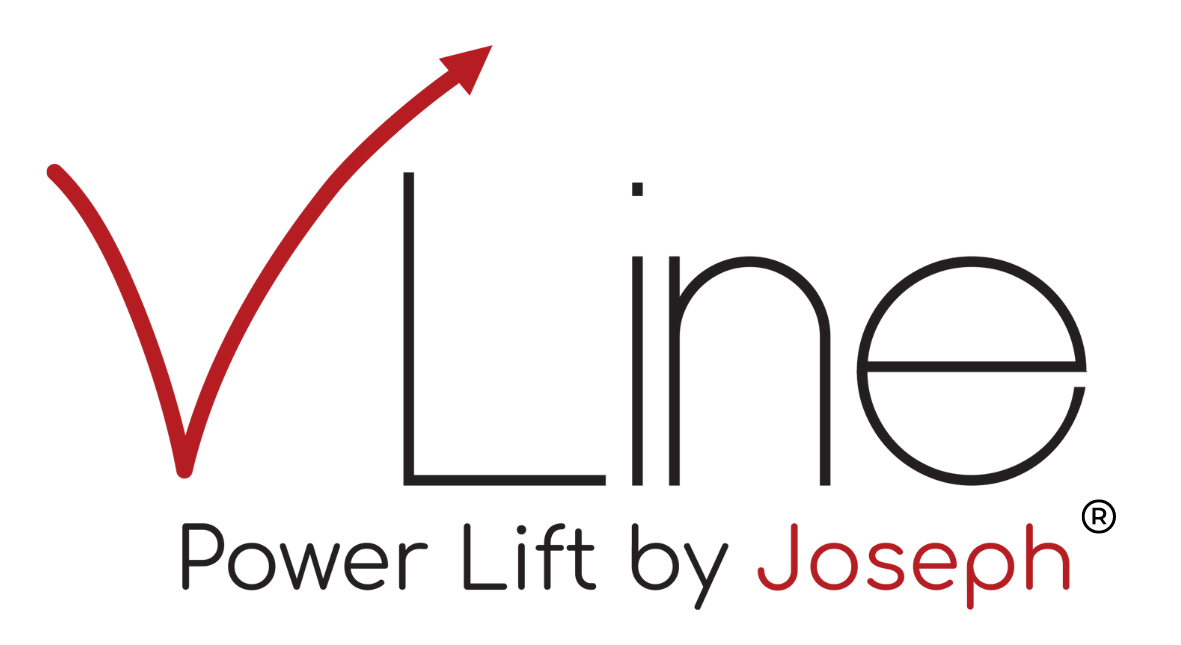
Safer!
Effective!
Natural!
Facial Artwork.
There are many ways to achieve great results using Botox. This is one of the best ways that were developed through nearly 20 years of trial and error.
Botox is used as a generic term in this lesson to represent all 5 FDA-approved Btoxn-A. We generally prefer Dysport.
Let’s master this basic framework. Draw and inject at least 20 patients before adding and decreasing injection points. Consider moving the points up and down in different zones for the forehead based on assessment of the anatomy.
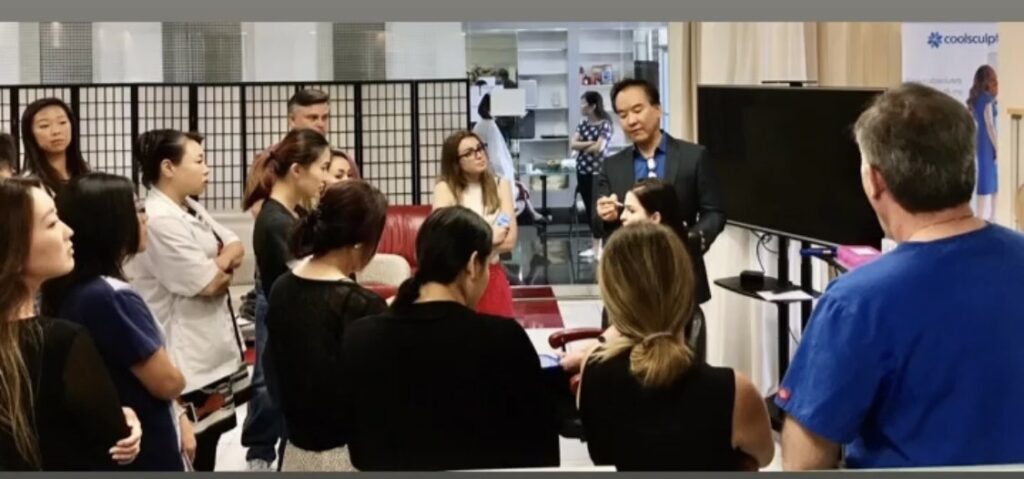
Joseph, PA, CEO, Creator and Master trainer
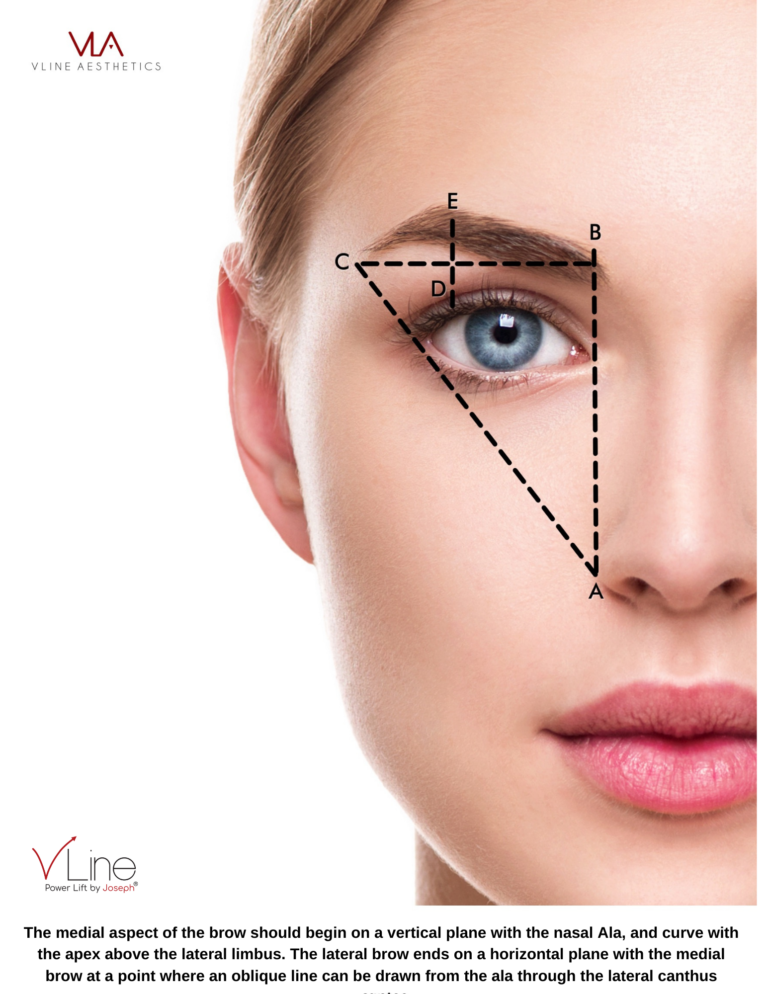
This basic lesson teaches beginning injectors how to decrease wrinkles while keeping the brow shape natural.
There are two opposing forces acting on the brows. Think of a vertical tug of war. The middle part of the rope is the brow. Once force elevates the brow. The other, depresses the brows. To keep your artwork natural, remember this when designing your injection points. Frontalis elevate the brows, and Procerus Corrugators and Orbicularis Oculi depress the brows. This principle of re-balance applies elsewhere on the face : lips and jaw line. See the figure below
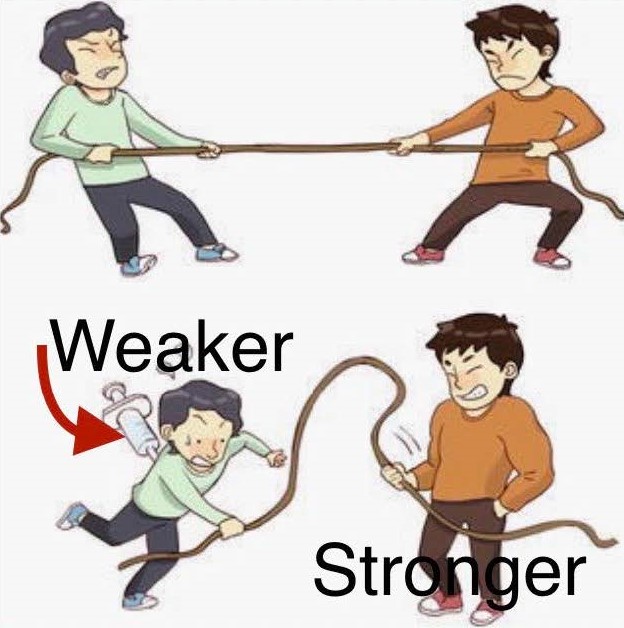

Figure shows elevators and depressors acting on two centers (brows and lip/Jawline). Each center is being acted on like a tug of war, one side is up and another is down. Advanced use of toxin can be used to lift jaw line, forehead, and mouth corners.
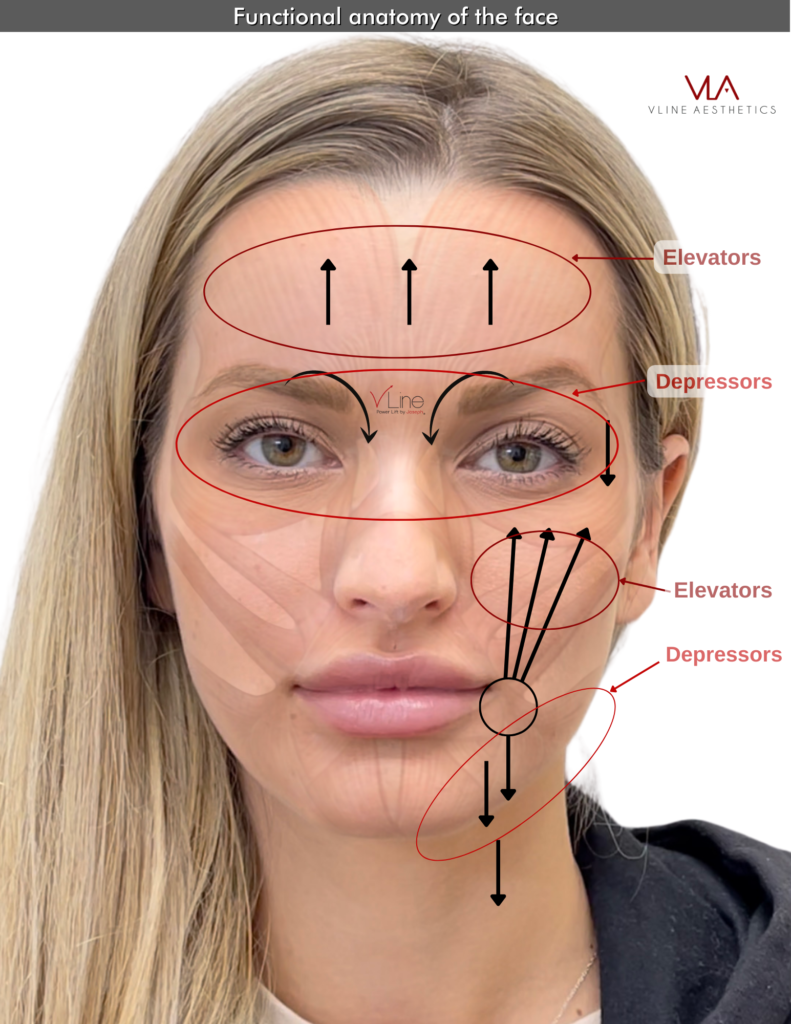
Example : Patient’s left medial brow descended a bit. This example demonstrate depressor over powering elevators.
Issue : This photo shows uneven brow position after Btoxn – A injection.
Causes : Superficial injection at medial corrugators leading to frontalis spread.
Solution : Inject deep
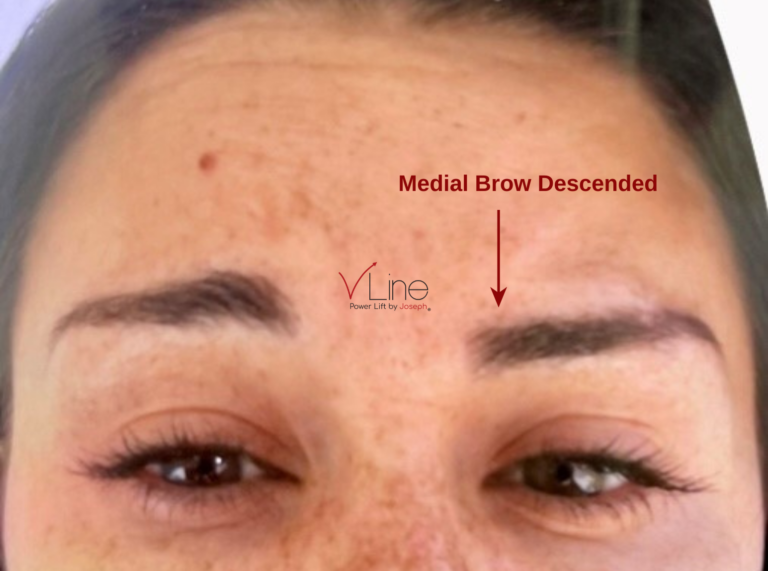
Injection Pearl : Some patients have increased low-grade CNS tonality of the frontalis. Do not inject these patients! Injecting these patients unmask pre-existing ptotic brows, as well as slippage of skin down to the orbital rim causing sensation of heavy eyelids. Often double eye lids will be effaced.
How do you assess if brows rely on Tonic Contraction to stay in position?
Below photo shows : Brows and lid positions that predispose to tonic CNS stimulation. Notice upper photo the brows are below the orbital rim. Notice the second photo the lids are ptotic and there is loose skin; Dermatochalasis (or hooding) are apparent. These are high risk cases.
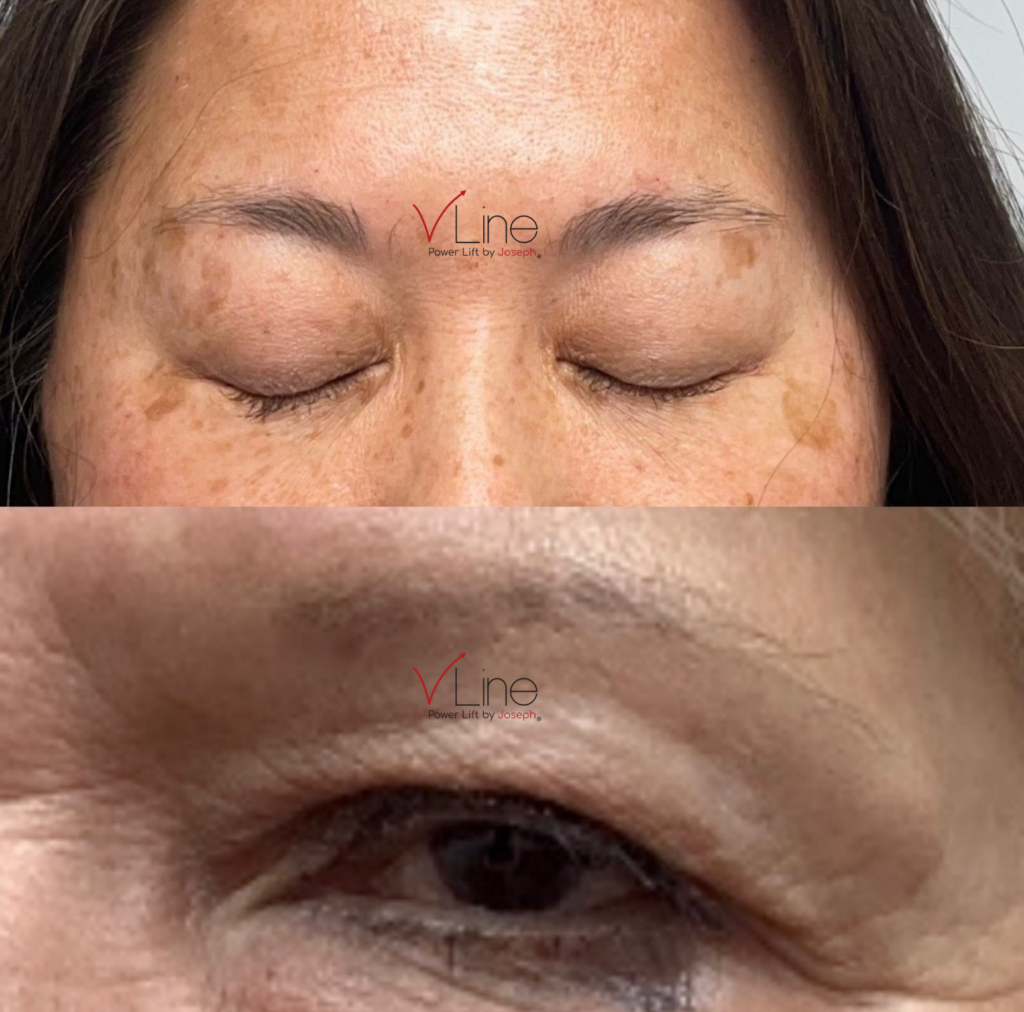
Two tests to see if the frontalis is involved in brow and upper lids elevation.
What are the main muscle groups?
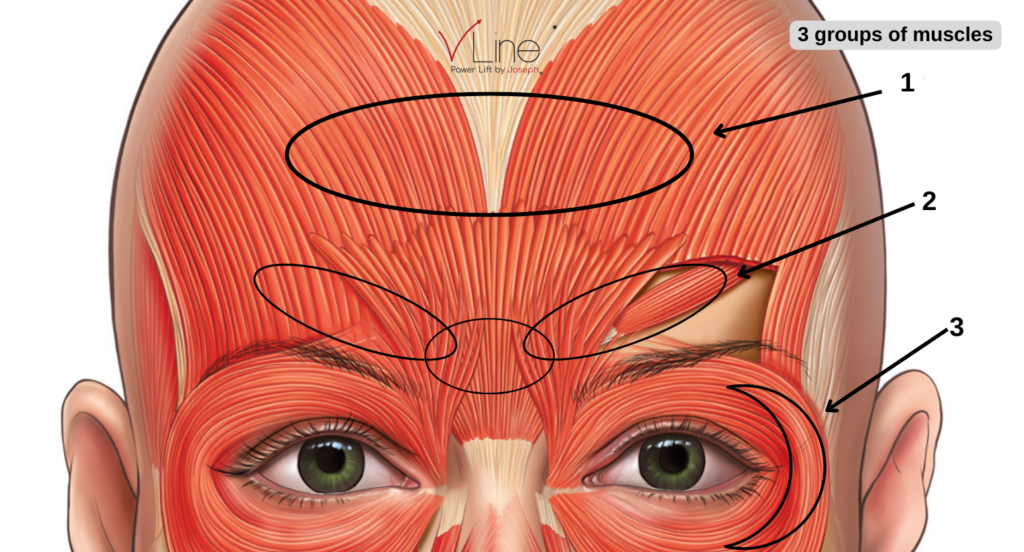
Injection Tip:
Inject V pattern for wavy (also for female ). Strait line across for male.
Try to not inject frontalis muscle alone. Always add corrugator injections to prevent eye brow ptosis
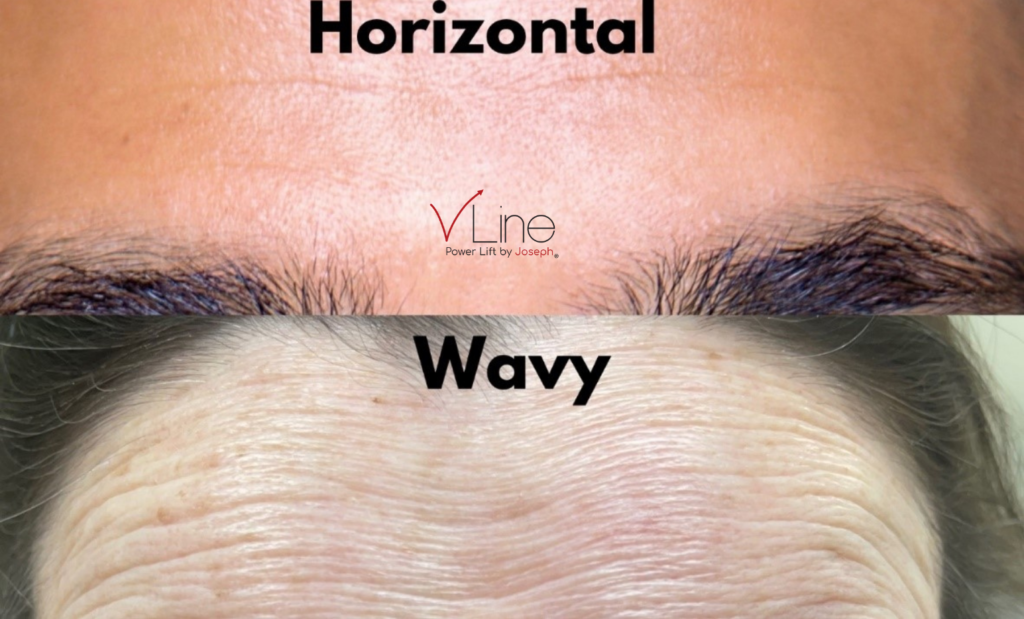
Injection Tip : Injecting corrugators medially will decrease lower ⅓ forehead wrinkles in the central region due to diffusion. There is no need to inject the lower ⅓ frontalis wrinkles on its own. This is seen in younger patients with no hooding and large frontalis volume without BTOXN A in the forehead.
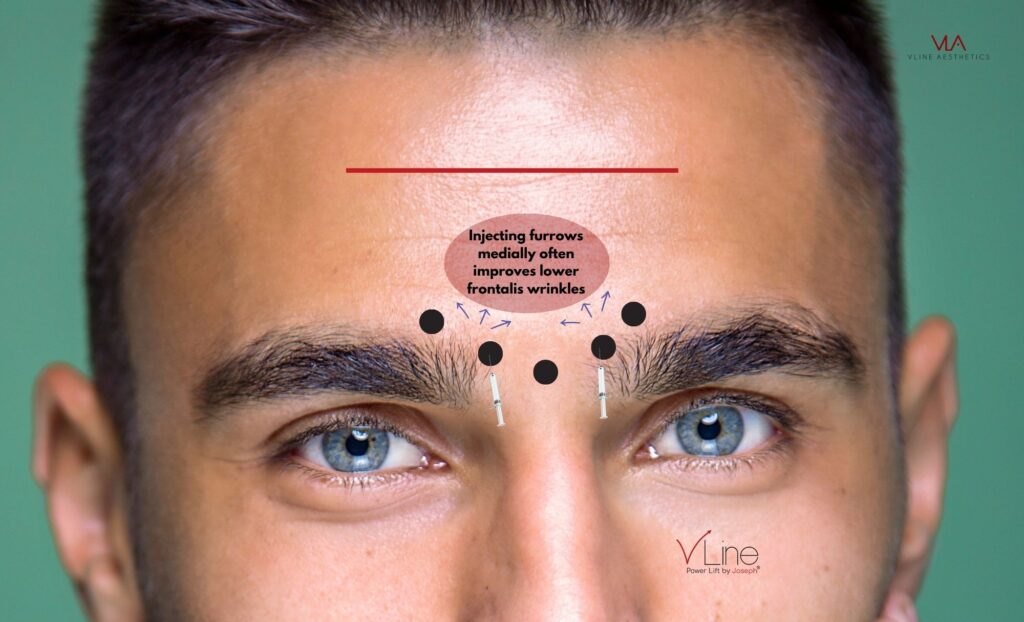
Injection Tip :
Frontalis : Male : 10-20u, Female : 5-10u, depending on muscles size, age of patient, and upper eyelid platform. Most difficult to gauge dosage of the three muscles.
Key : Break frontalis in smaller dosage and into two sessions. For example : high risk patients start 5u to 10u then return in 3 weeks for another 5 units.
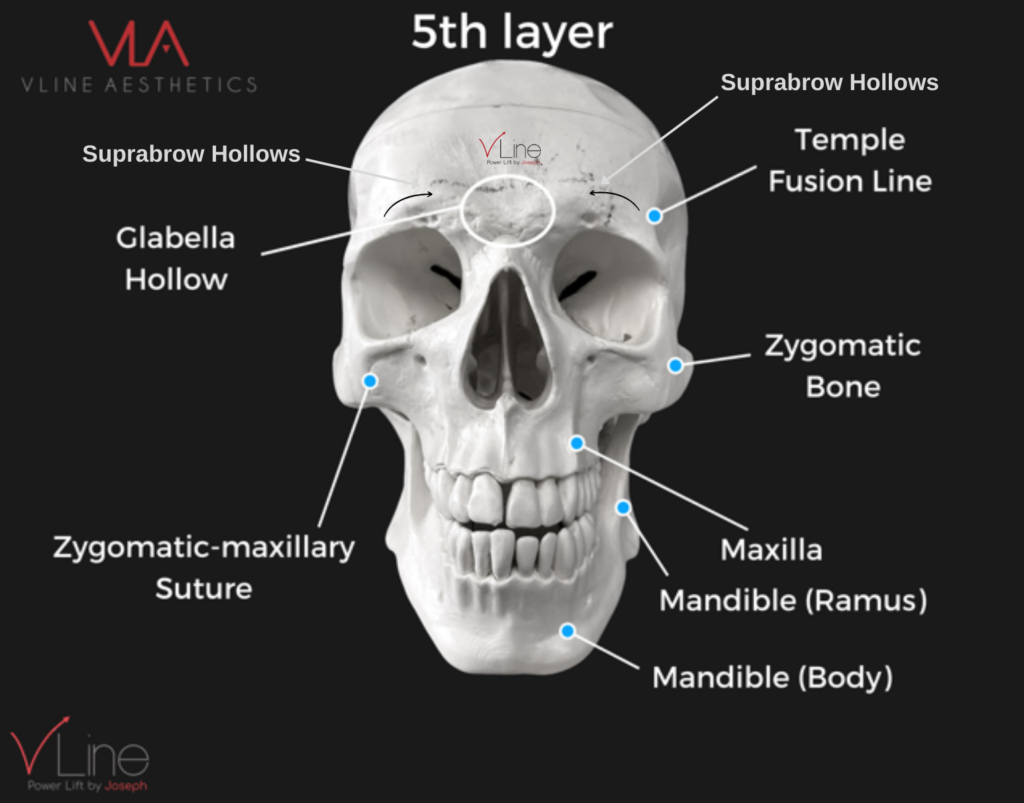
See Figure : Three Hollows of aging represented by 2 arrows and circle in the forehead.
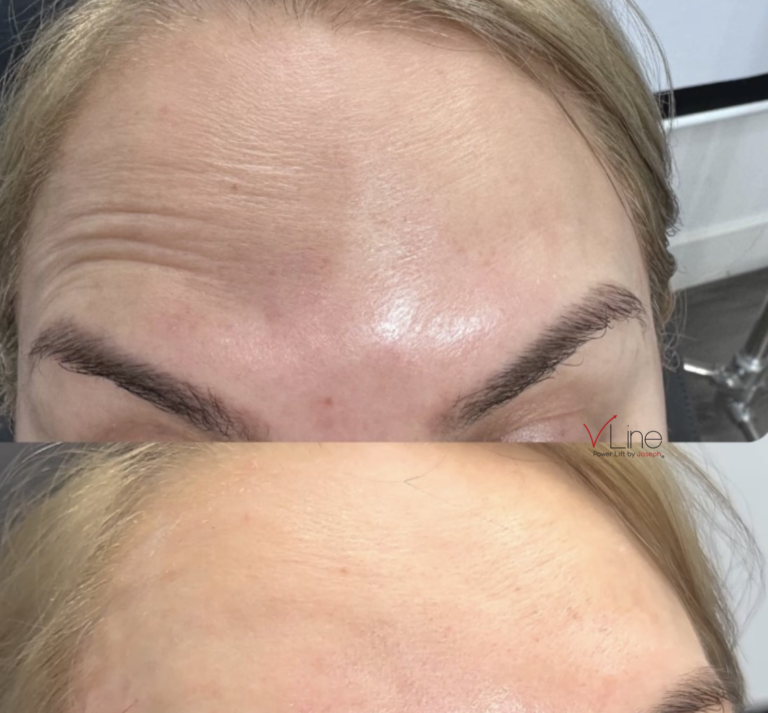
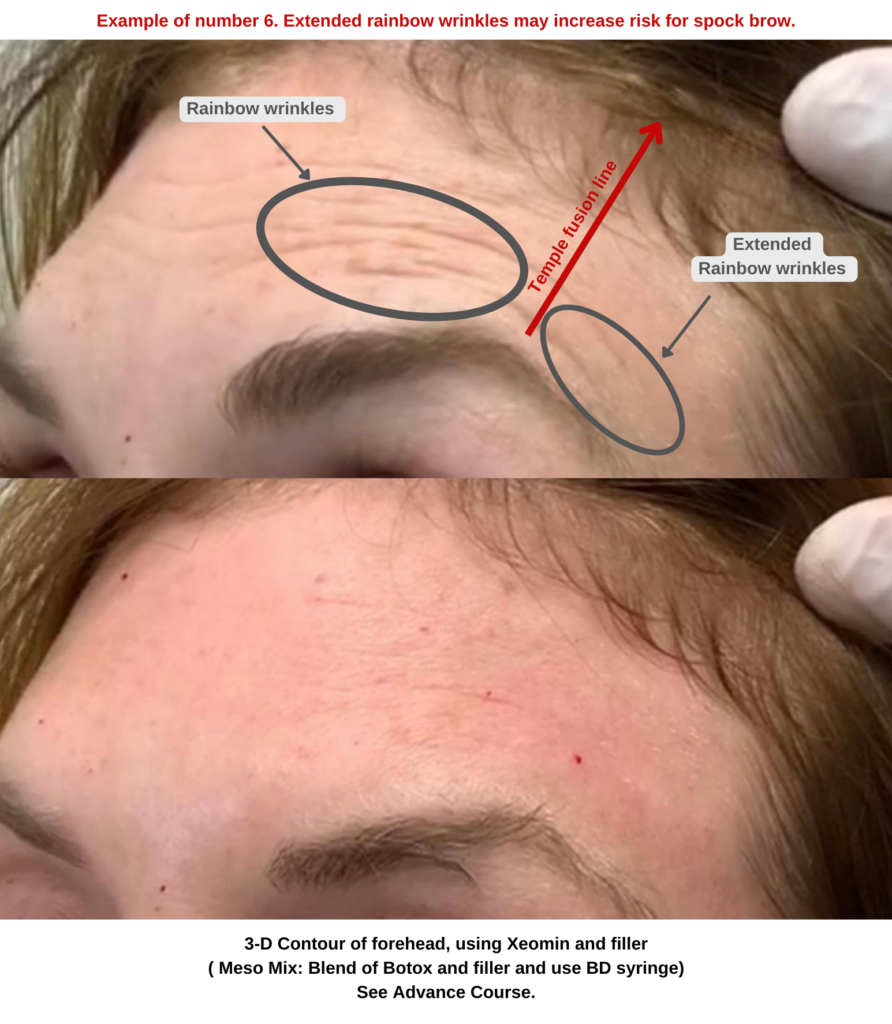
Increasing the strength of adjacent muscle groups by weakening certain regions can help produce natural looking results. For example, when injecting brow elevator, the frontalis medial to the temporal fusion line can strengthen the frontalis lateral to the temple fusion line, therefore elevating the lateral brow.
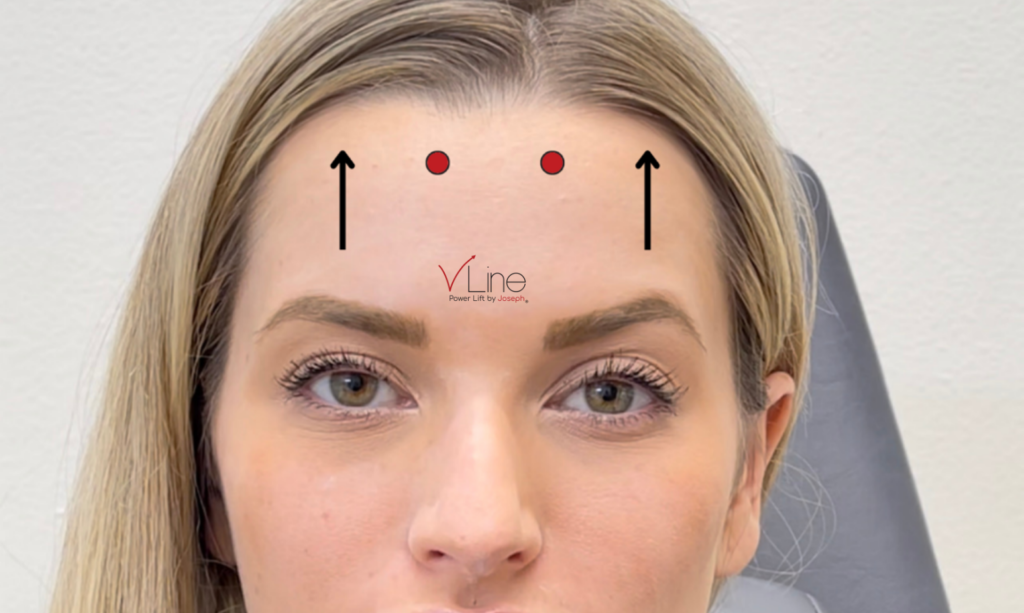
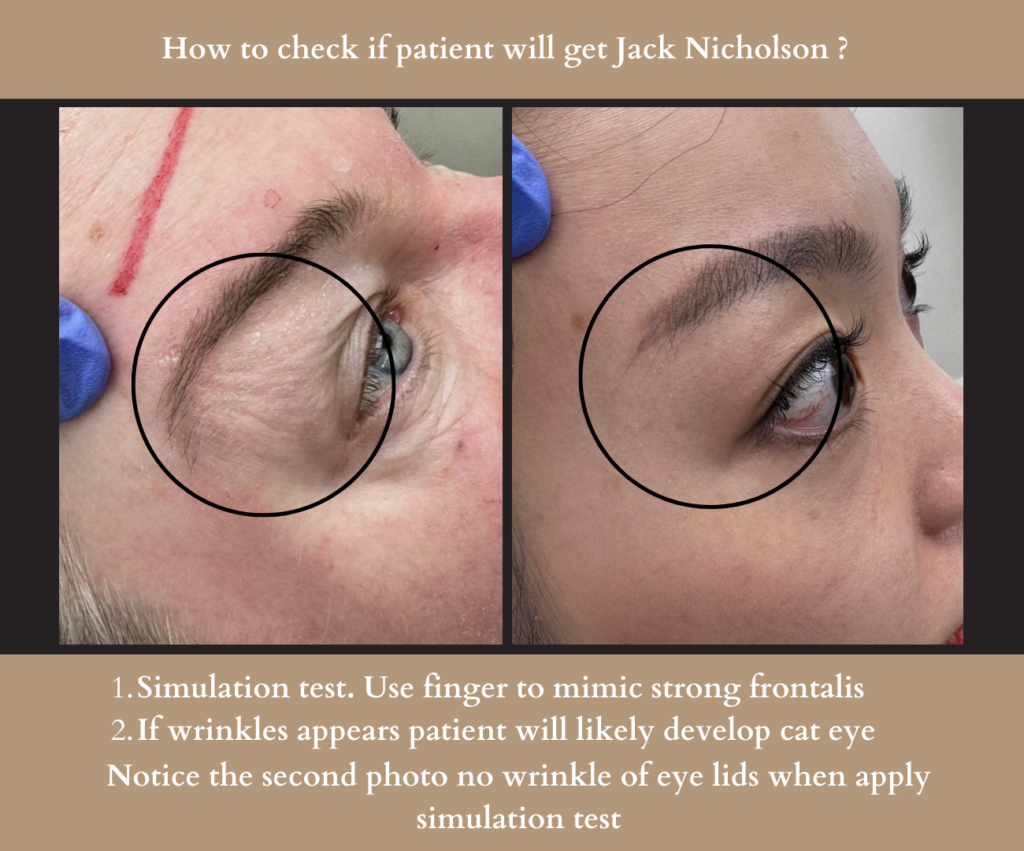
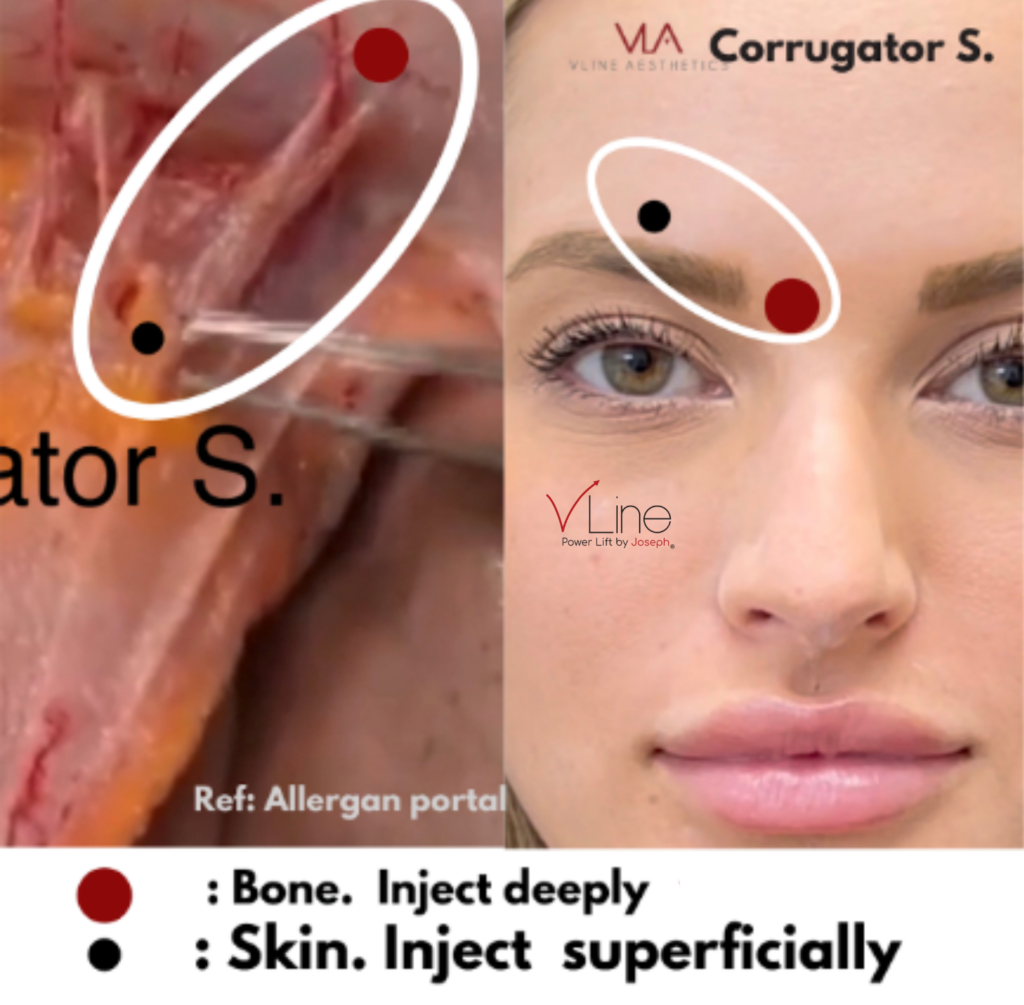
Figure 2 : Source : X medica.com. Free CME Available.
The corrugator is under the frontalis medially and blends with the frontalis laterally at the superficial level.
Inject corrugator deep medially and inject superficially lateral 1cm above orbital rim in the mid pupillary line. Deep medial injection avoid mid brow ptosis. Superficial injection laterally avoids brow ptosis ( diffusion into frontalis superior to injection point ) or lid ptosis ( diffusion of toxin inferior to injection site into the orbit affecting lid elevator). Make sure the muscles is firmly pinched between your thumb and index finger. Consider lifting it off the bony rim to avoid diffusion into levator palpebral superioris.
Click to view more information : https://youtu.be/JEOLhRl9Rt4
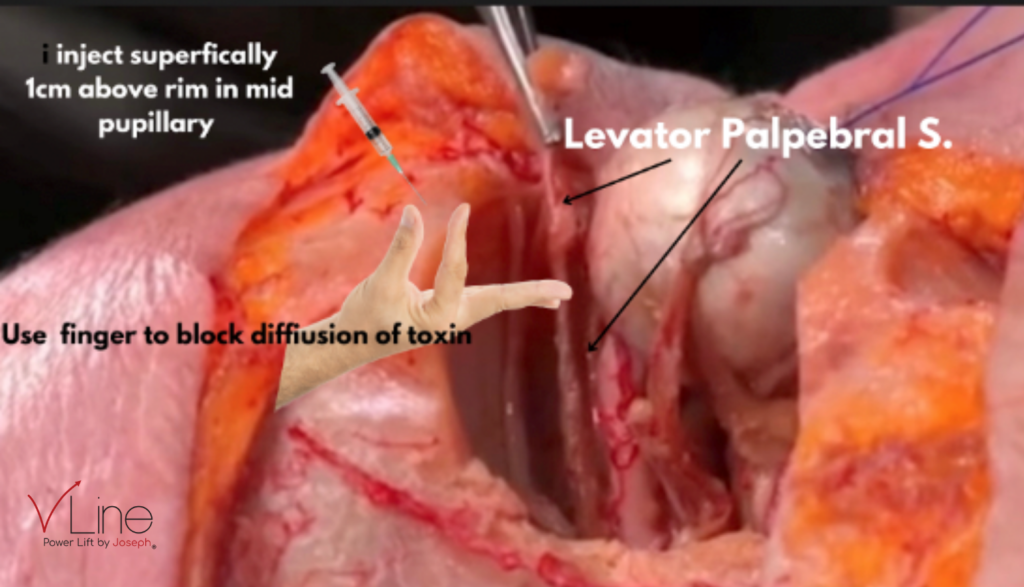
The figure shows levator palpebral superioris and blocking of toxin diffusion using two fingers. Ideally thumb should be at the bottom or inferior rim. Ref: Allergan sponsored facial dissection webinar, performed by Cotafona M.D.. Text and syringe added by Joseph PA, V line series Trainee
Injection Tip. Look for 1. Bulge and 2. Dimpling. Inject more horizontally for transverse pattern and more vertically for oblique corrugators.
Note : Corrugators contraction result in 2 patterns : Horizontal : transverse ( safer )Vertical. : oblique ( riskier )
Injection Tip:

Corrugators : Put your thumb underneath the superior orbital rim and pinch the muscle up, then inject. The thumbs protect the elevator palpebrae superioris which is an upper eyelid elevator along with Muller’s muscle. Keep the syringe and needle perpendicular to the skin is preferable.
Injection depth :
Injection Tip : 20 to 30 units. May need up to 50u. Orbicularis Oculi : 10-15 u each side
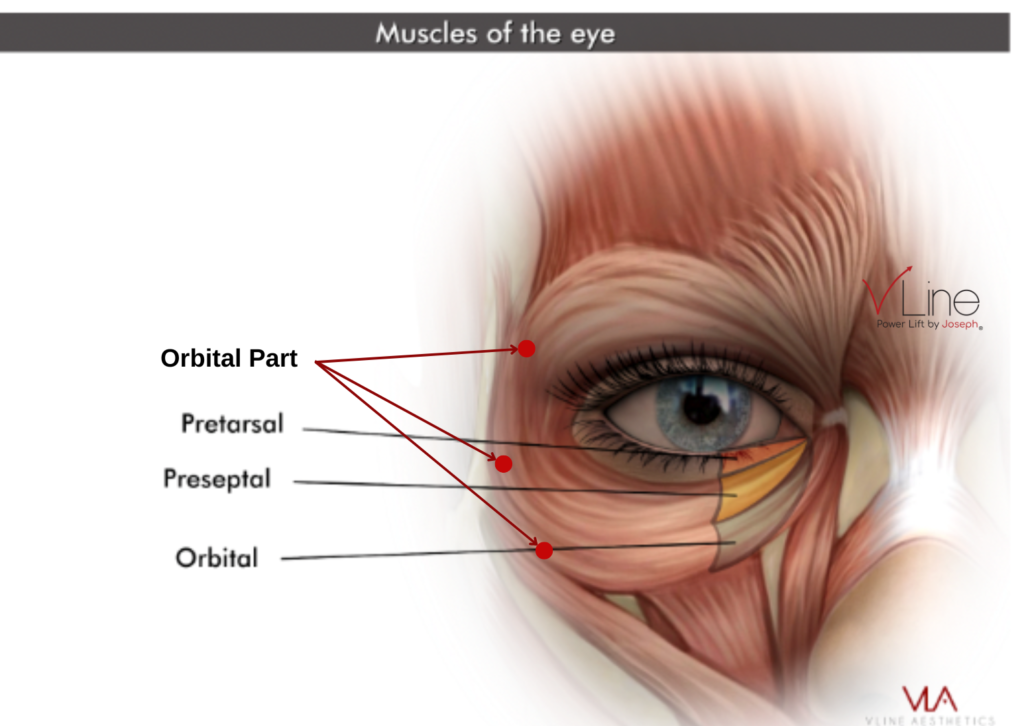
Figure 4
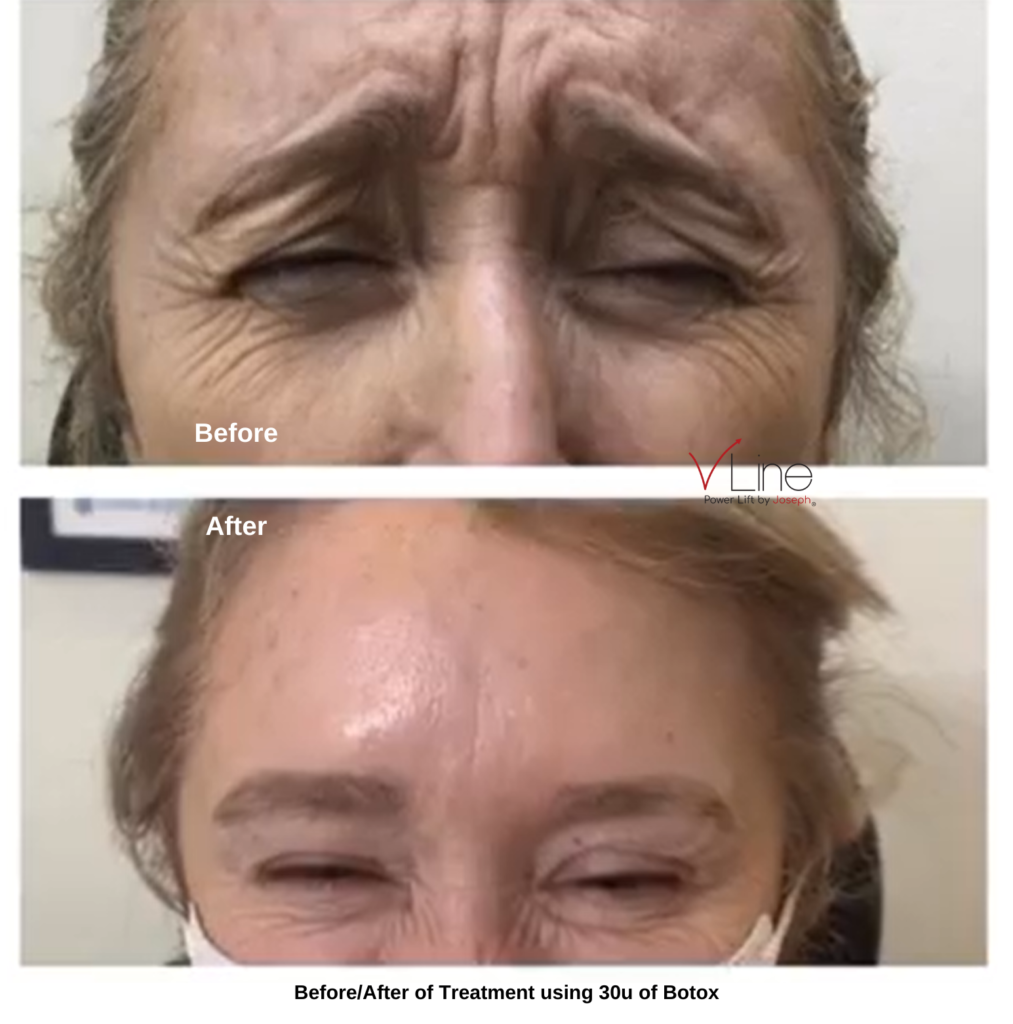
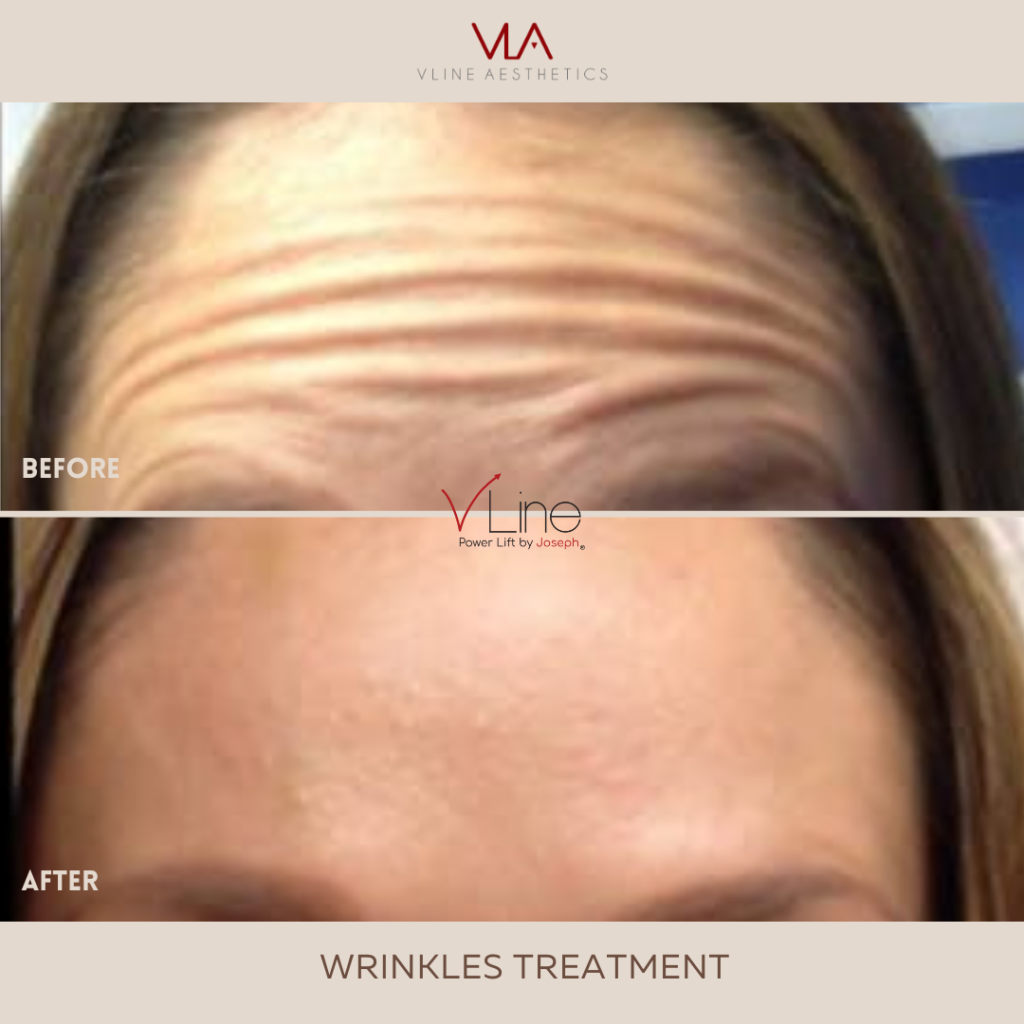
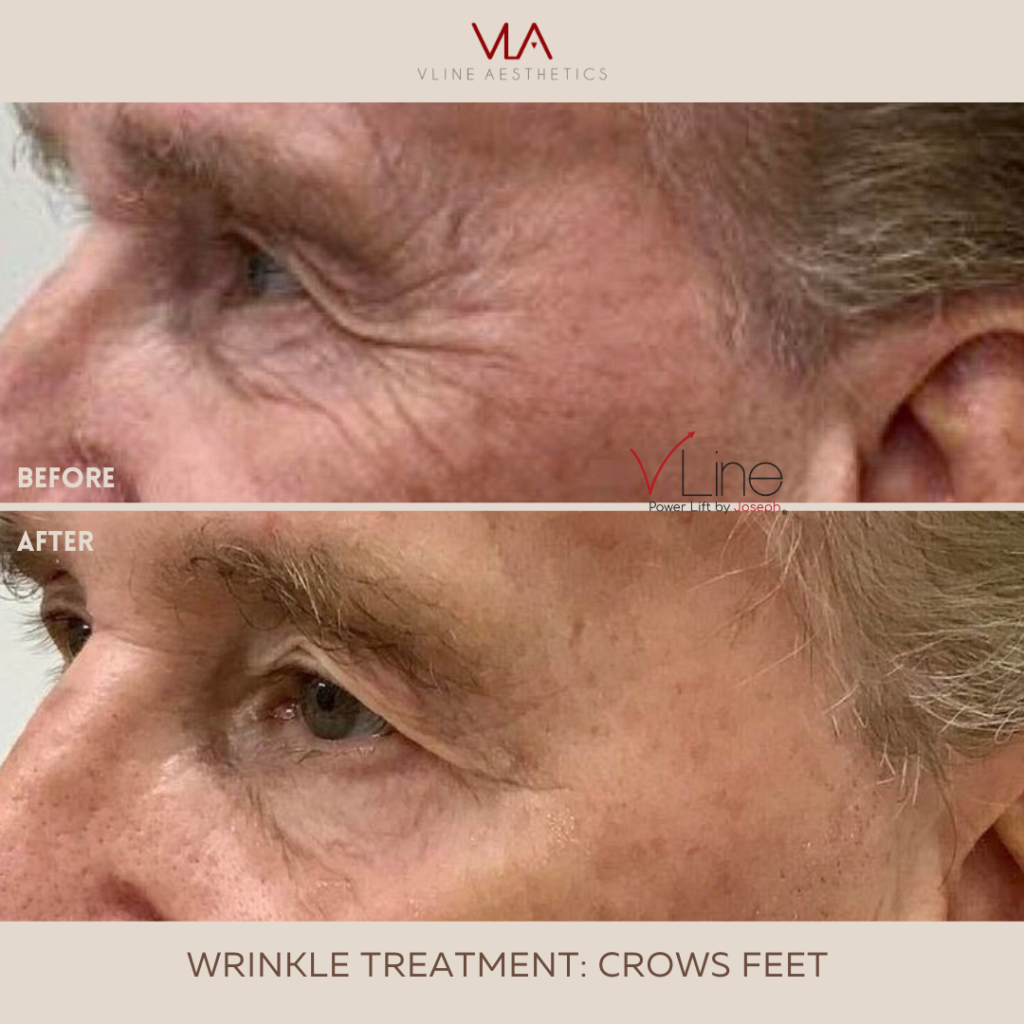
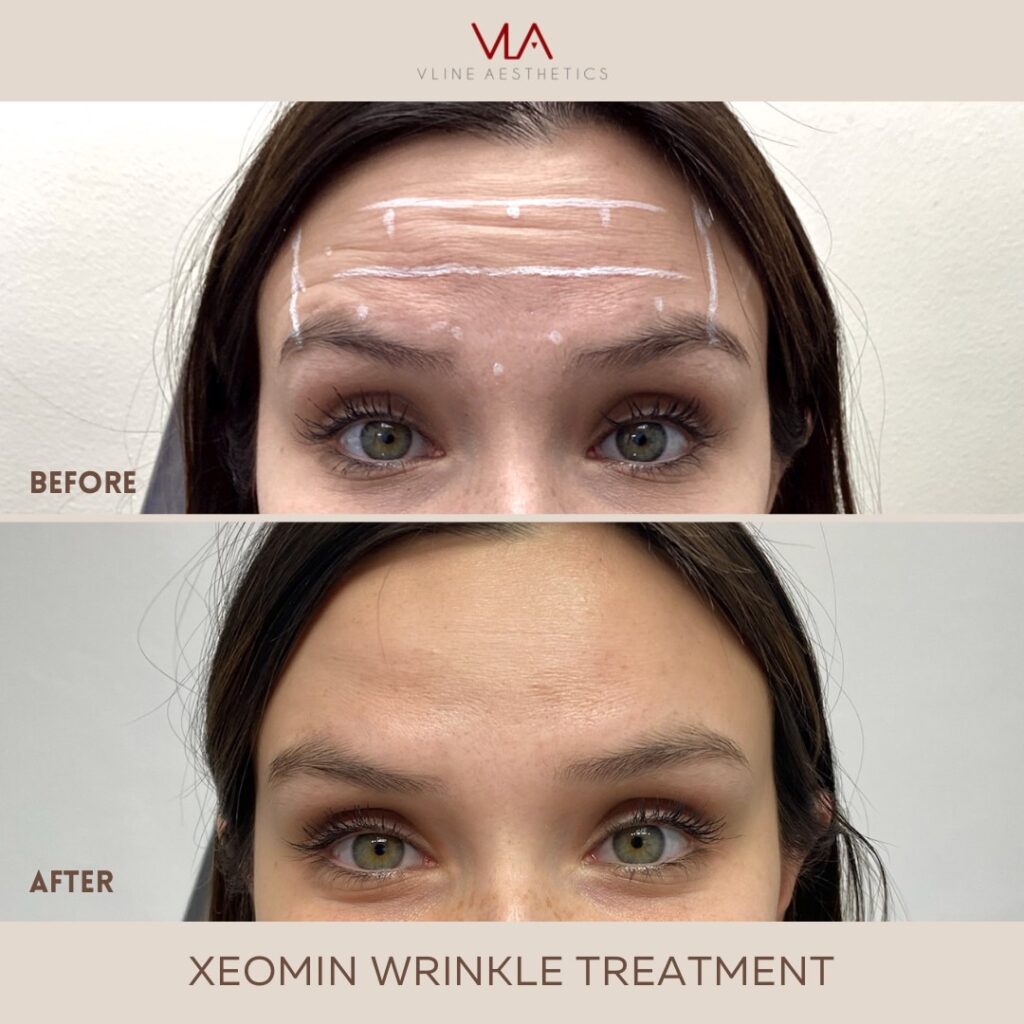
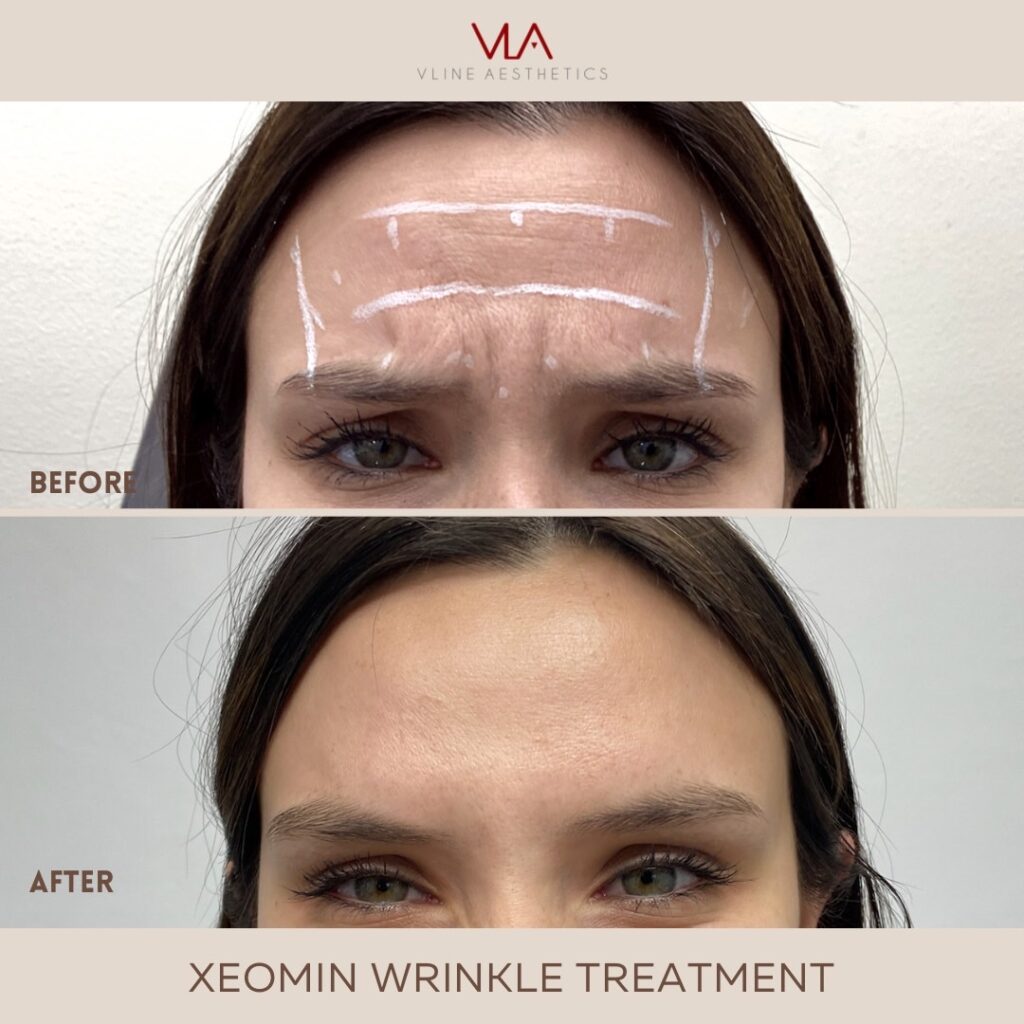
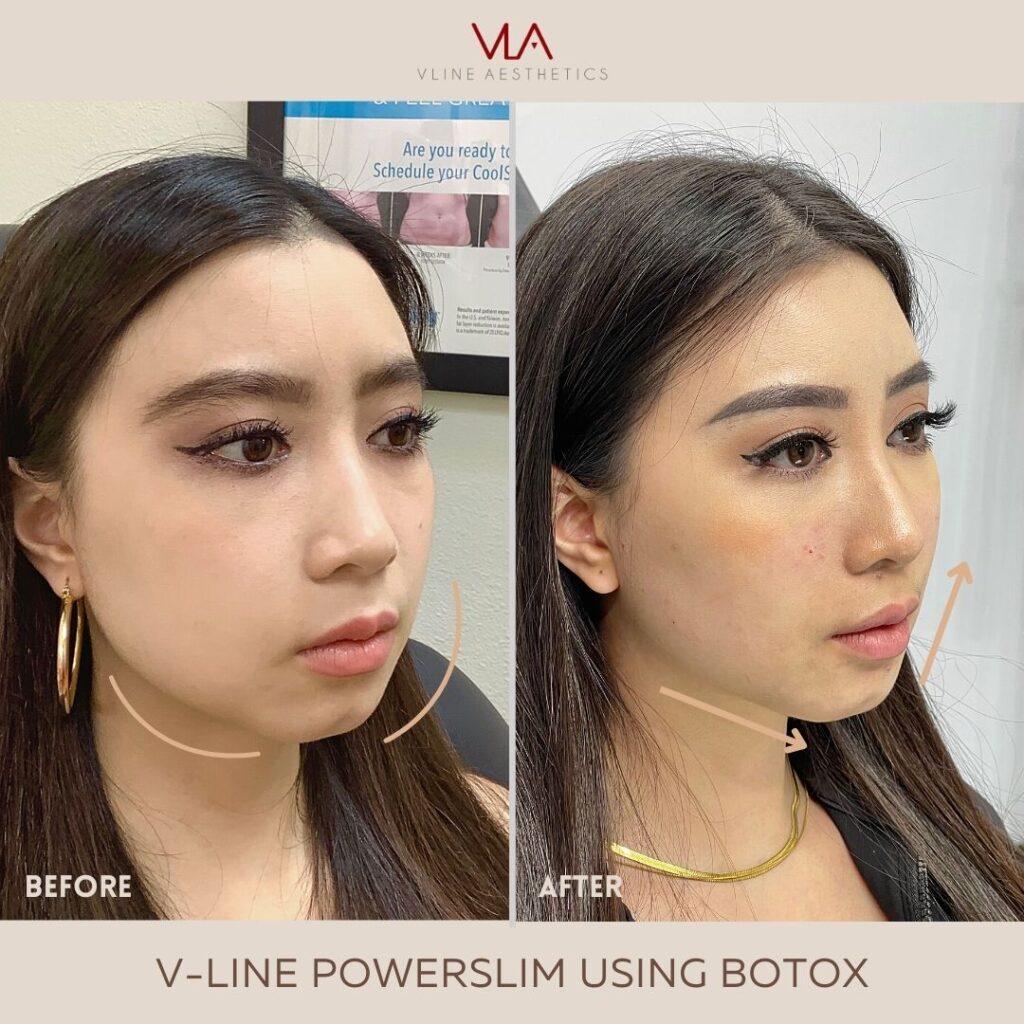
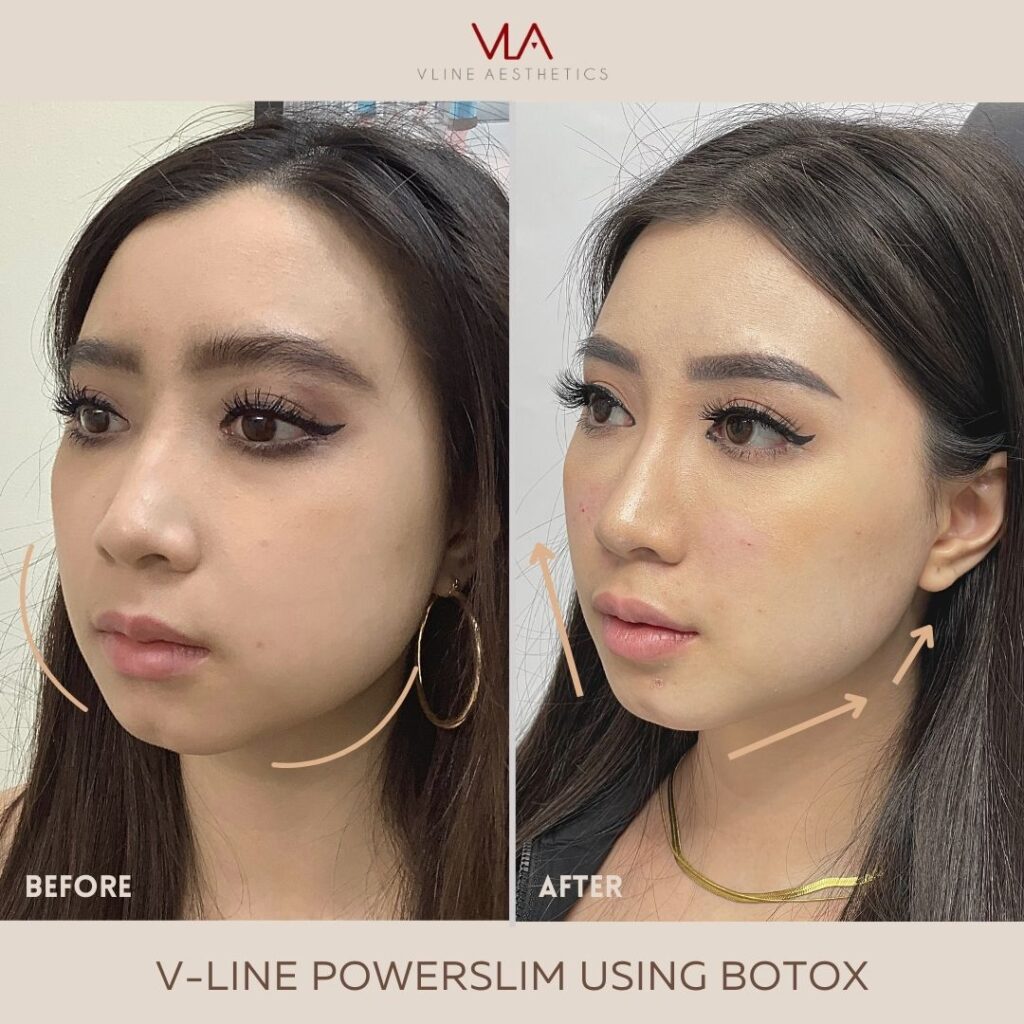
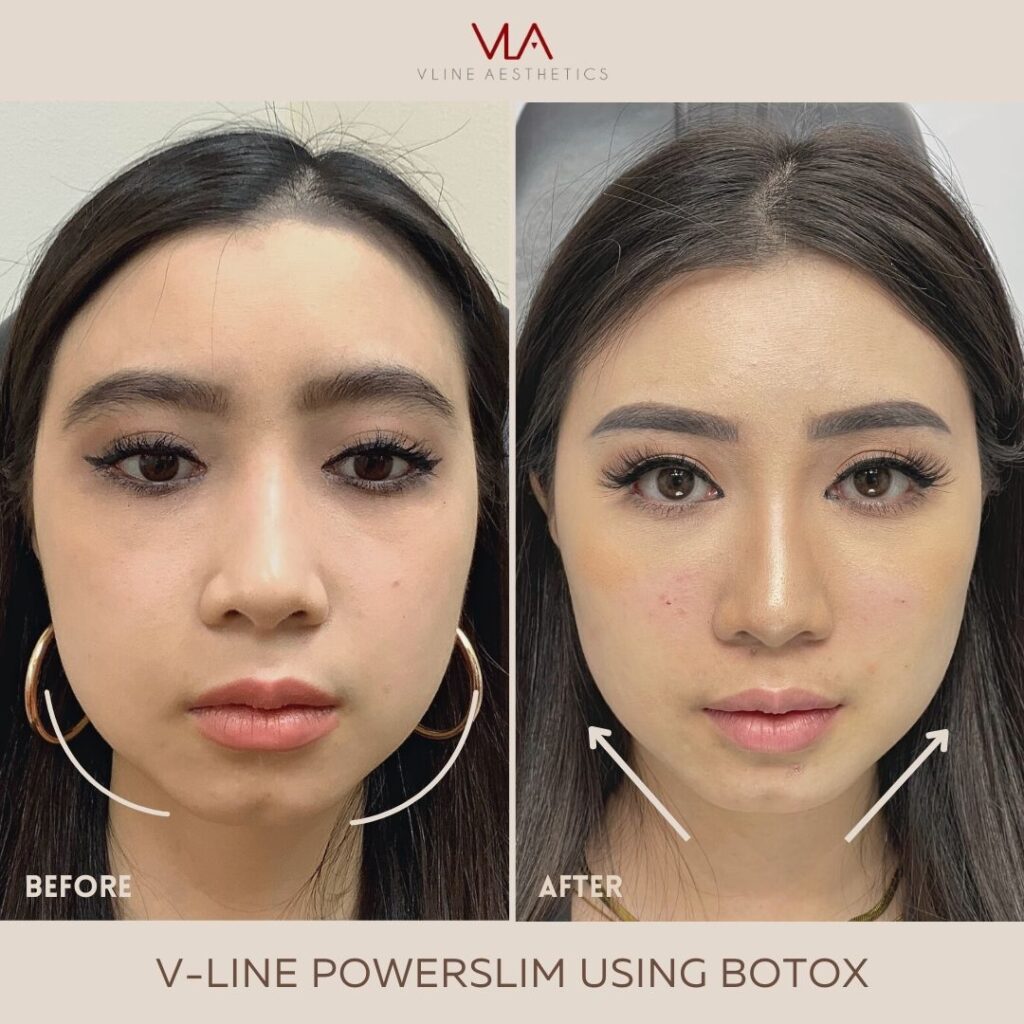
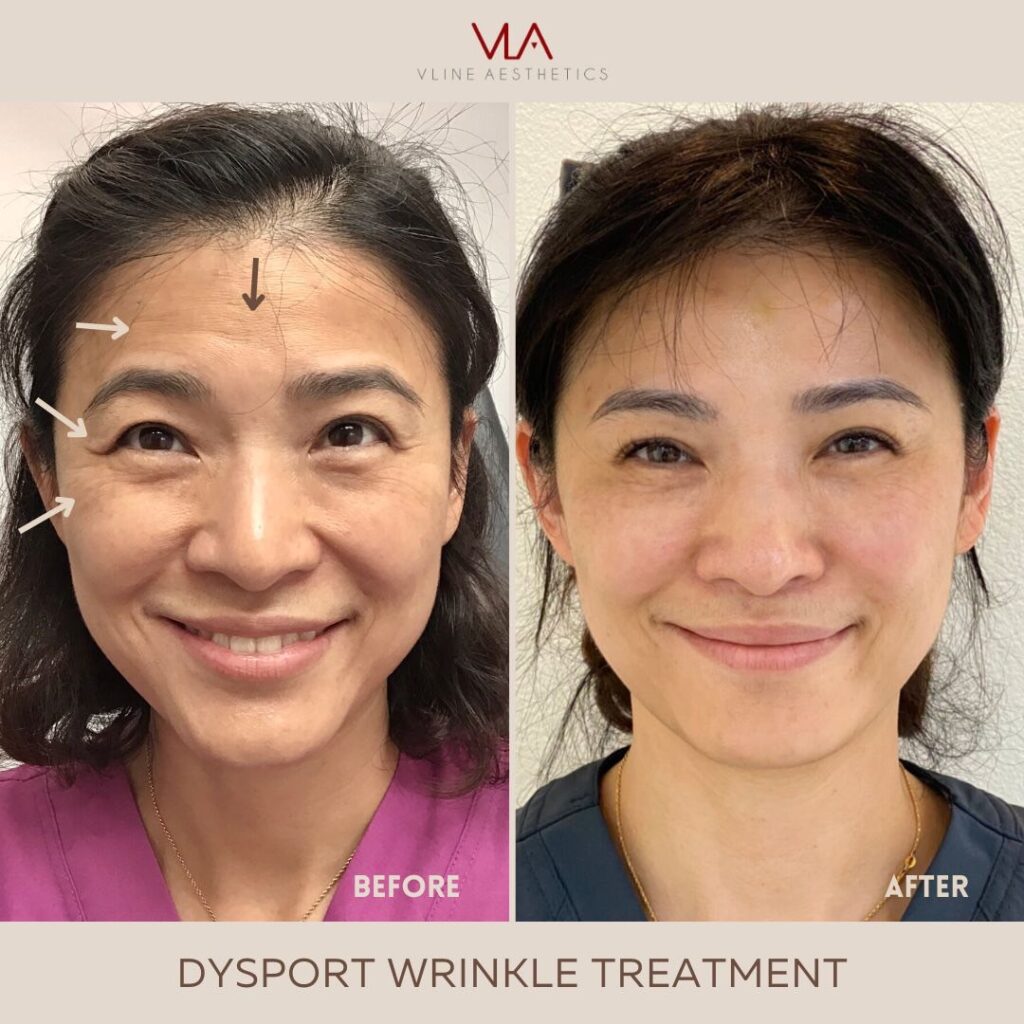
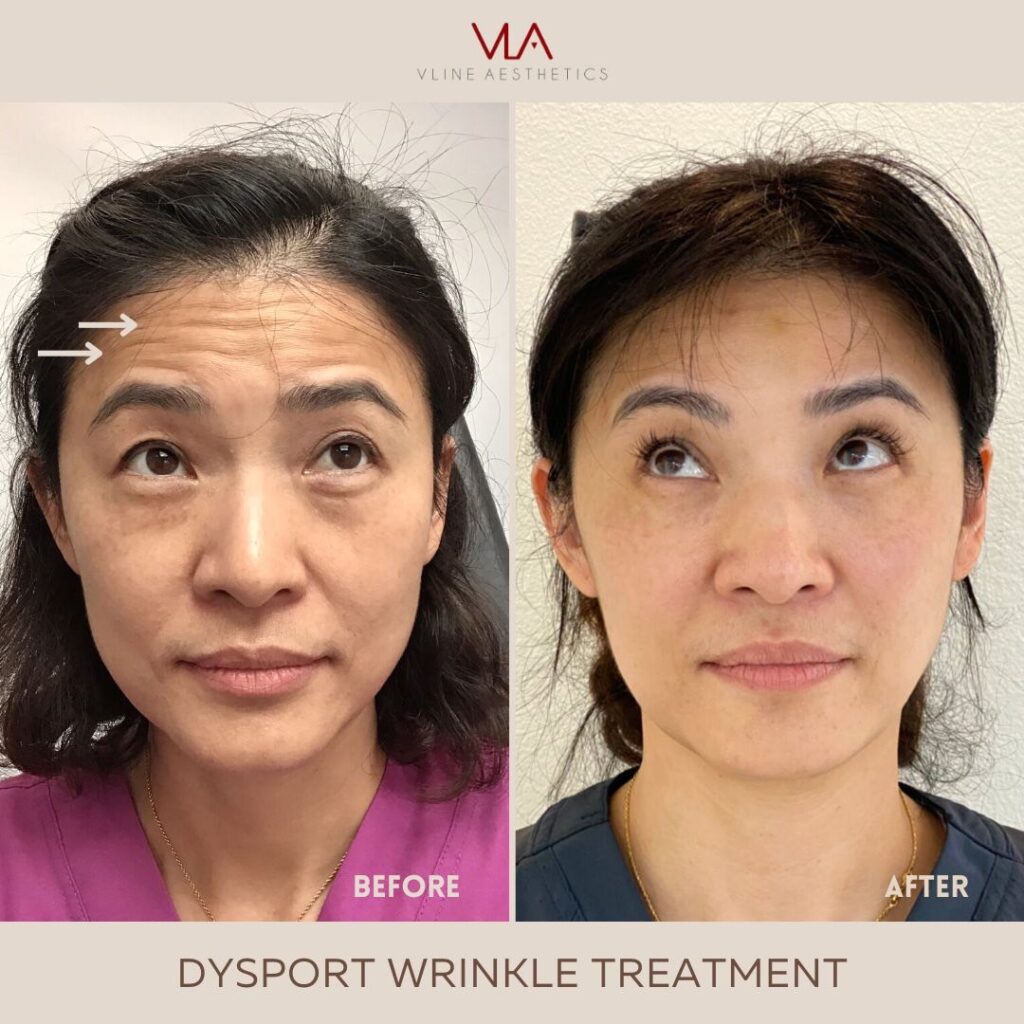
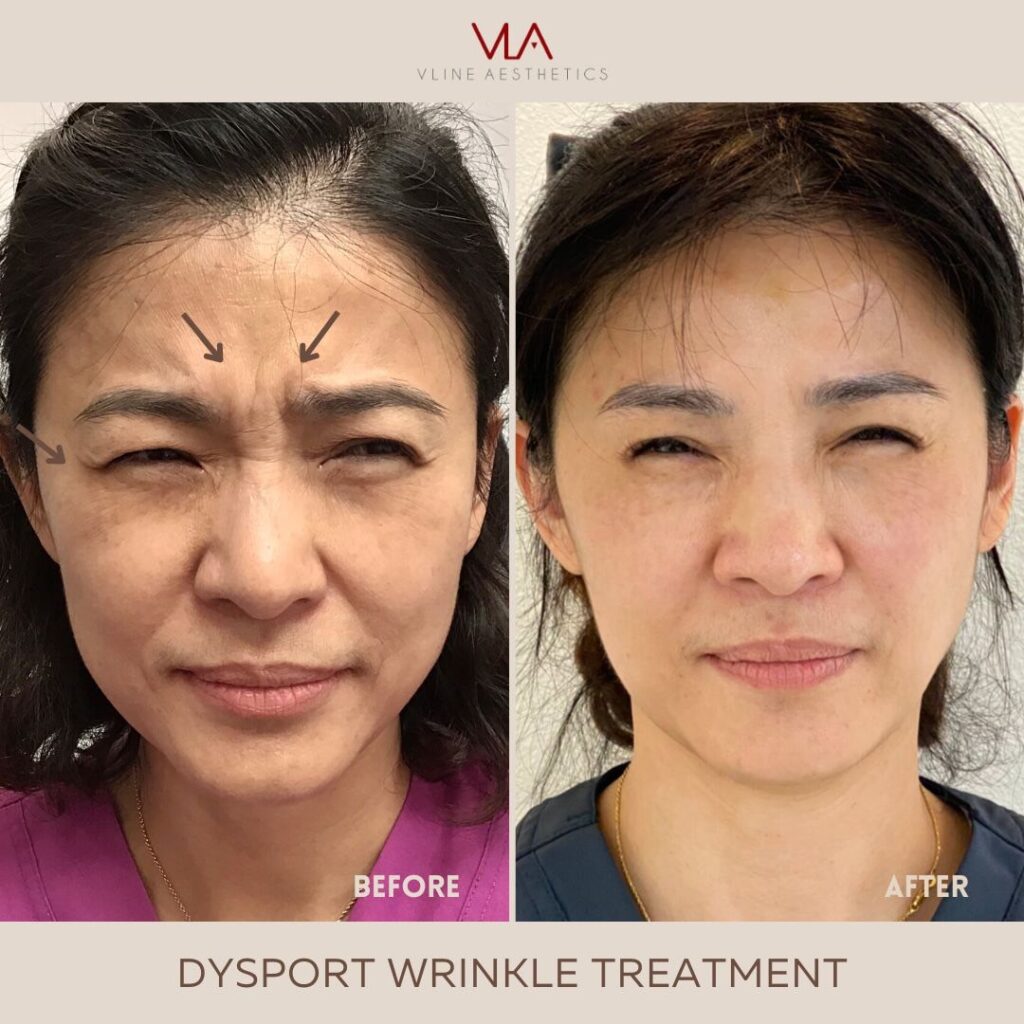
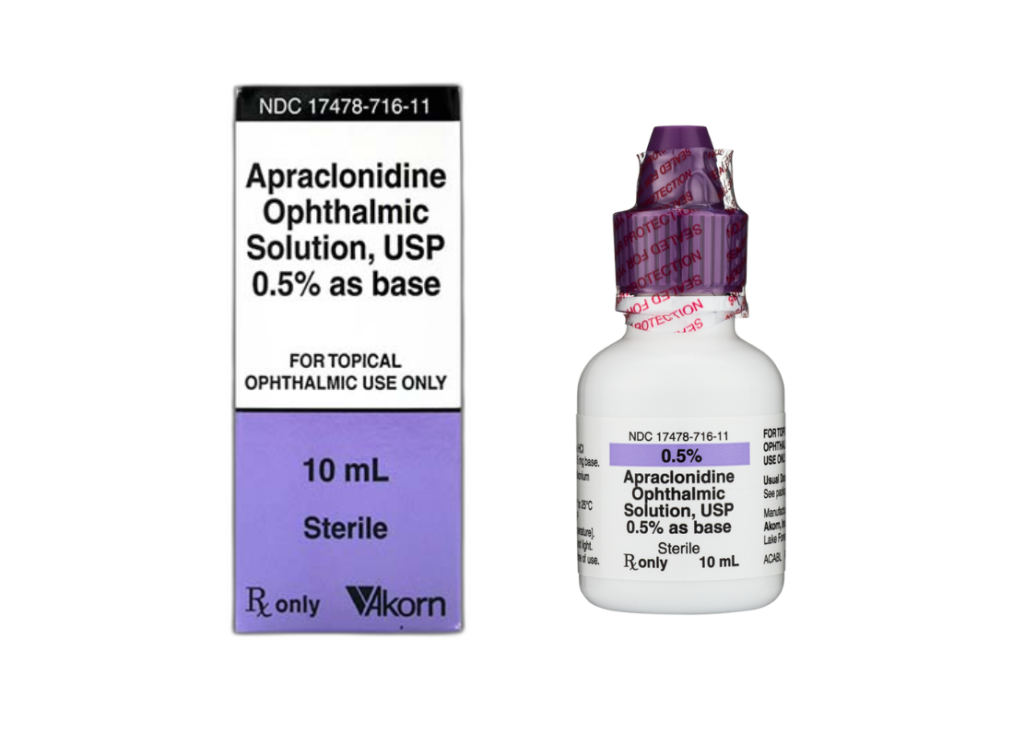
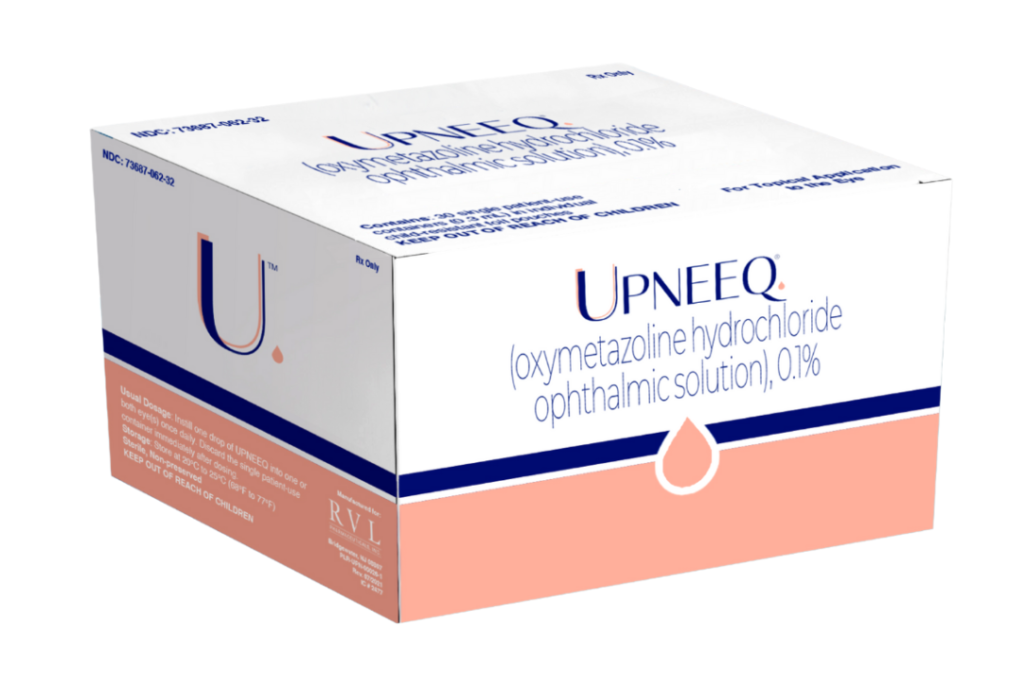
Injection Tip : From 2020 paper by Cotafona : Bi directional movement of frontalis and its clinical relevance from Plastic Reconstructive Surgery.
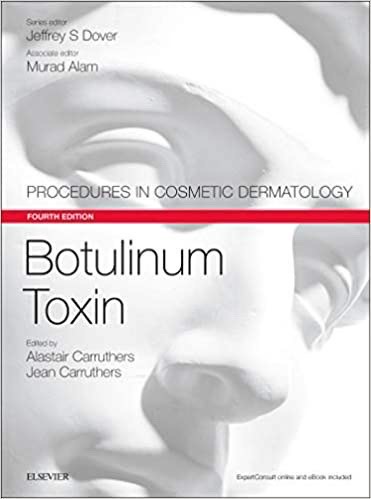
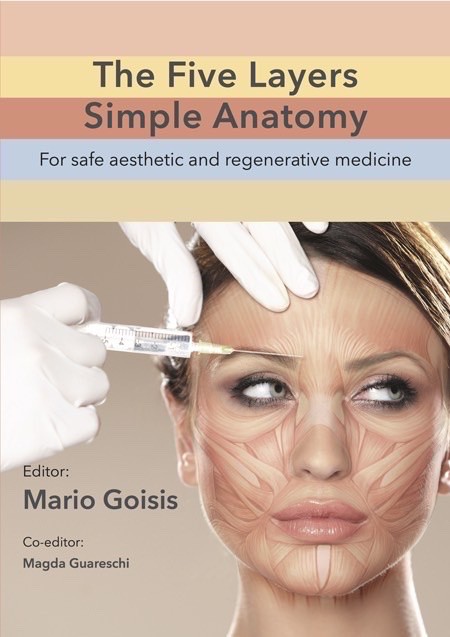

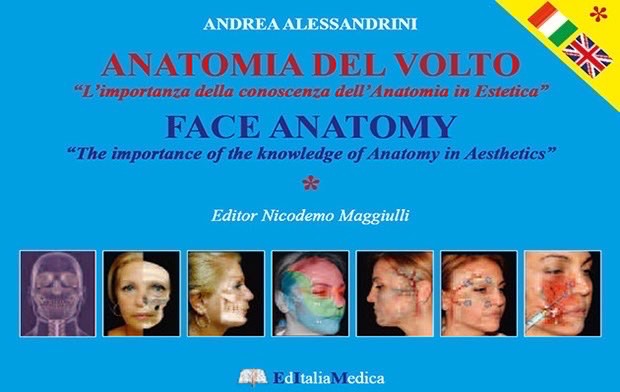
Author Background
Address: 1569 S Fairway Dr. Suite #226, Walnut CA, 91789
Email: joseph@skinperfectmedspa.com
Clinic: Skin Perfect Brothers. 909 839-0714
With 20+ years of experience in aesthetic medicine, I am a highly skilled and certified practitioner in the field. I hold over 20 certificates in areas such as lasers, injectables, medical weight control, and threads. My team and I at Skin Perfect Brothers and V Line Aesthetics have trained numerous licensed RNs, NPs, PAs, and physicians on aesthetic procedures. My career highlights include working at UCLA School of Medicine in Nephrology/Internal Medicine and with a group of Stanford Physicians. Photos and certifications available upon request.
Education:
Career Summary:
Additional Information:
Training:
Douglas M.D Anesthesiologist, June, 2014 (310 379 6074)
Rajah Chopra M.D Plastic Surgeon August 25, 2016
Christopher HO. M.D Dermatologist December 19, 2017
Christopher HO. M.D Dermatologist March 12, 2017
Steven Dominquez M.D Plastic Surgeon July 27, 2017
Kian Kirimi M.D Plastic Surgeon December 1, 2018
Steven Dominquez M.D Plastic Surgeon February 28, 2019
Fraxel Laser Training. Valient laser corporation trainer. July 14, 2016
Sculptra Filler Corporate Trainer. March 16, 2015
Coolsculpting University Training October 2, 2014
Allergan USA EPIC Training August 25, 2016
